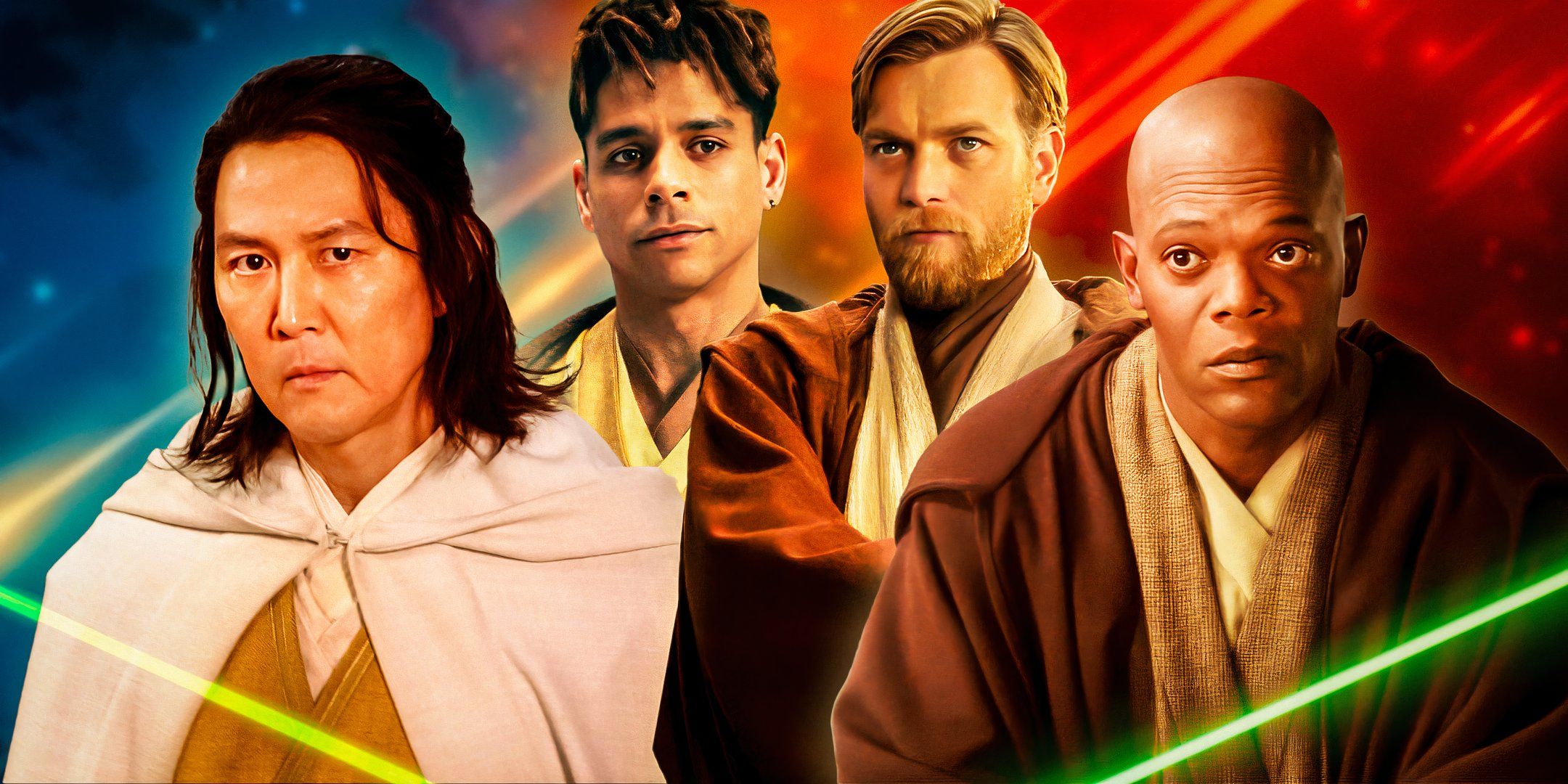
The series surrounds a dark side warrior named Mae, played by Amandla Stenberg, as she murders Jedi – and the Jedi investigation that follows close behind her. Because of the strong Jedi focus in this investigation, and the era of the series being during the Jedi Order and the Galactic Republic’s height, a lot about the Order is being seen. While there definitely are some similarities, there are also 10 big differences between the Jedi of the prequels and the Jedi of The Acolyte.
The Jedi Temple Has A Much More Elaborate Design
The Golden Age – Literally
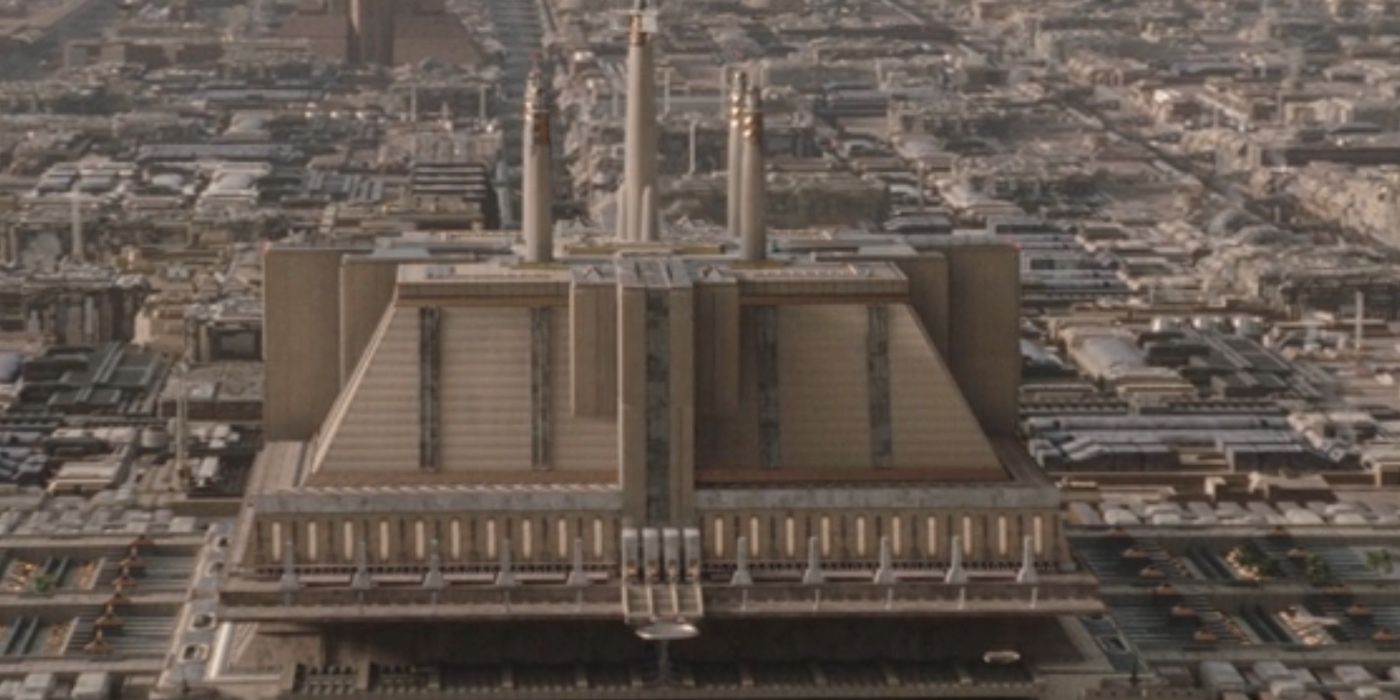
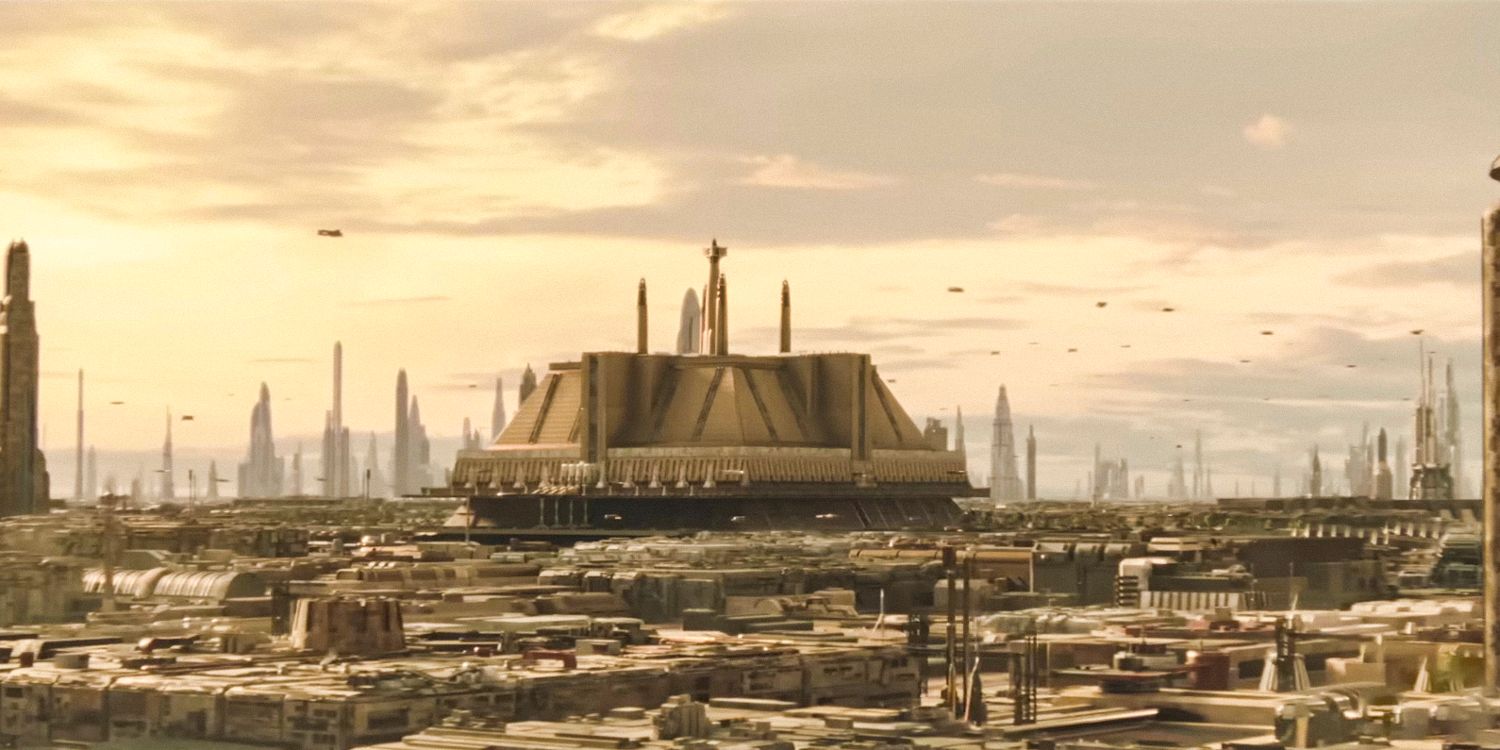
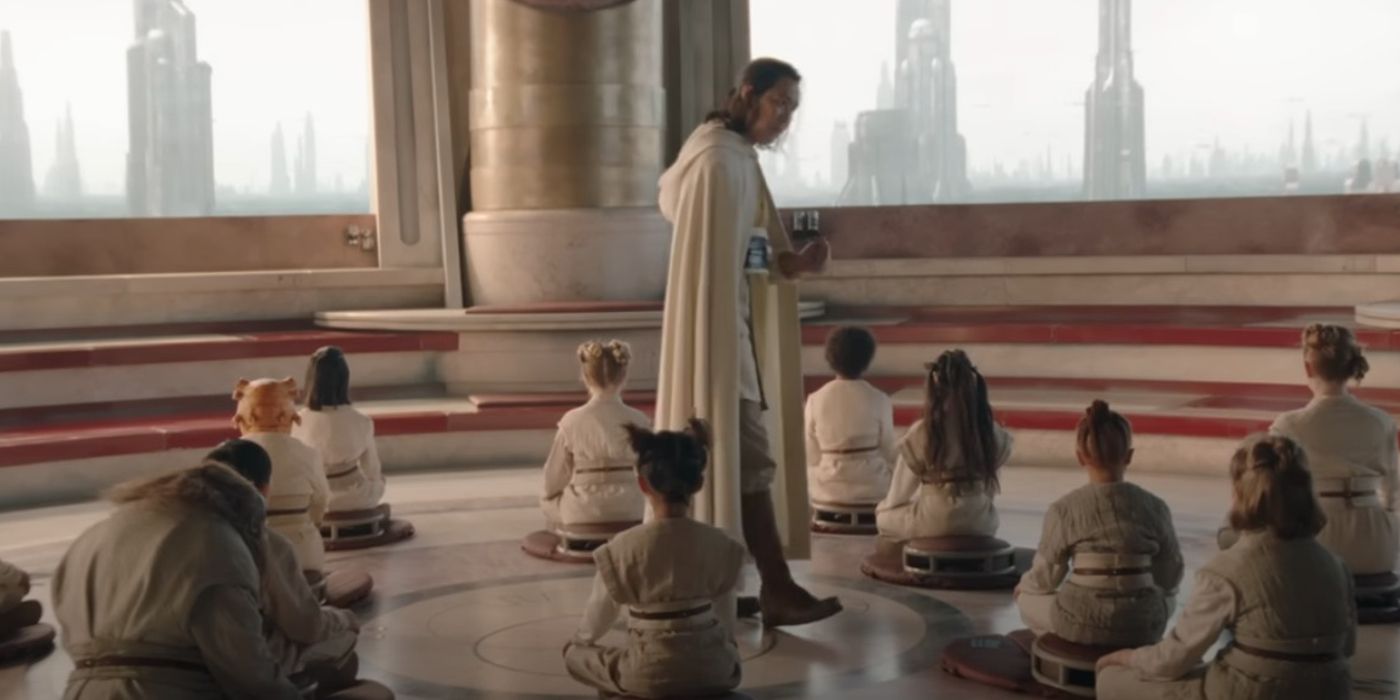
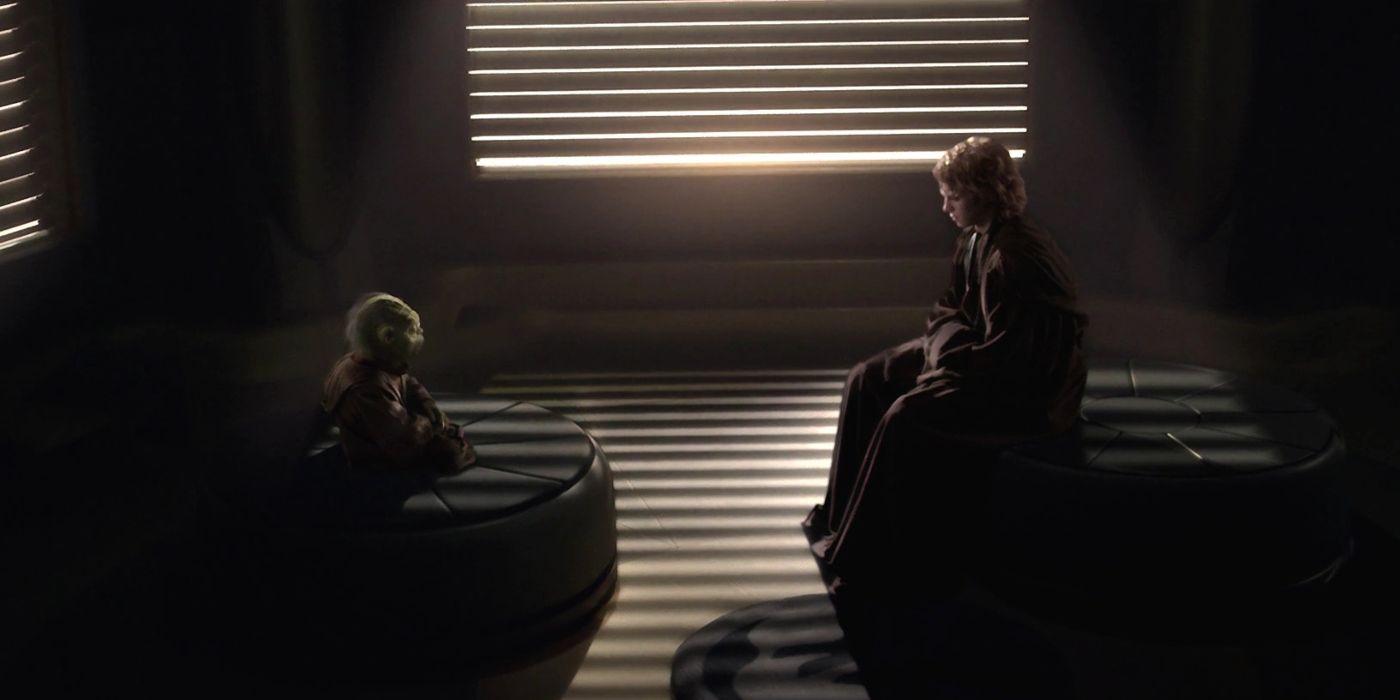
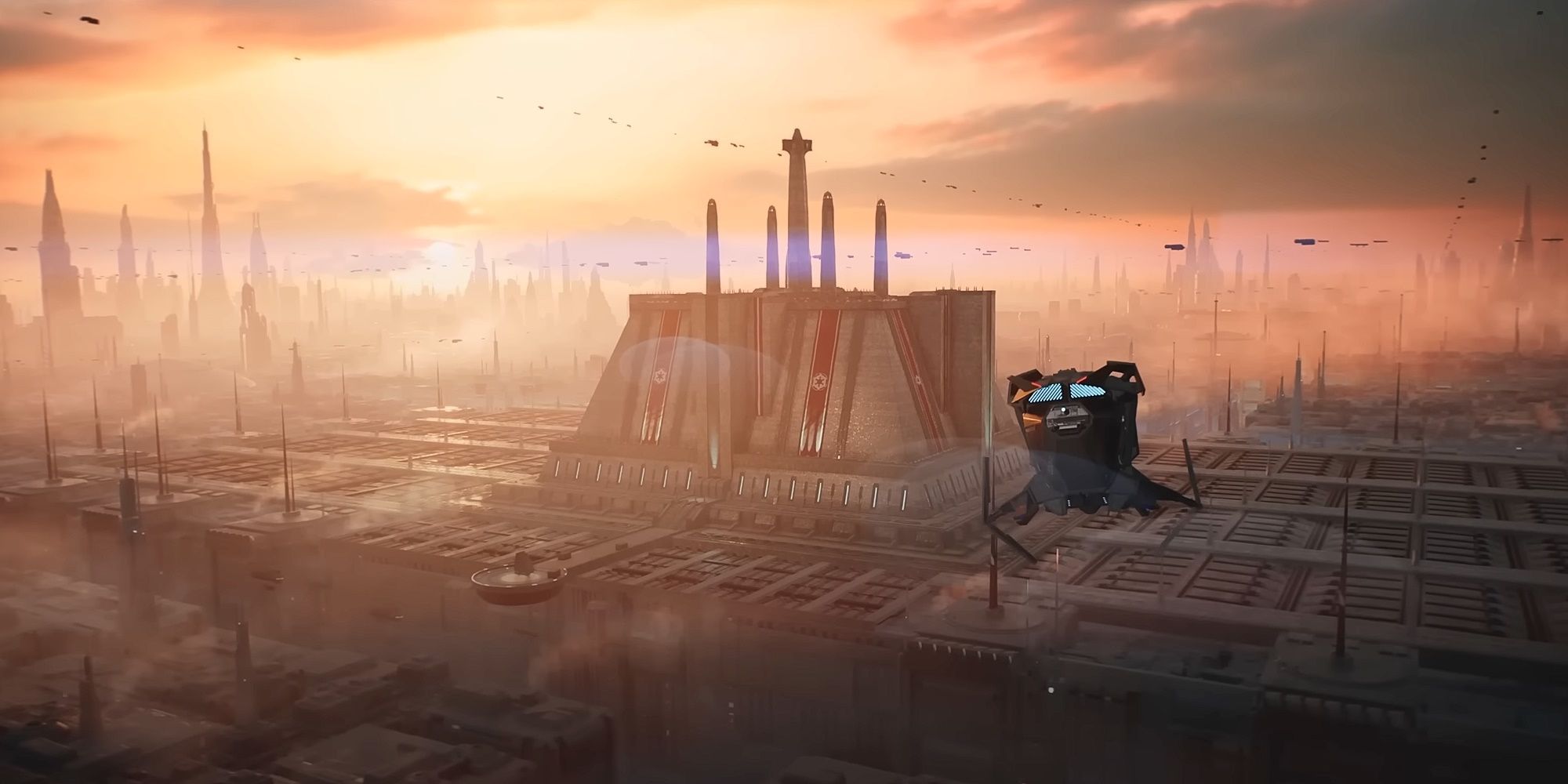





The Jedi Temple on Coruscant has long since served as a symbol of the Jedi Order. Because of that, the Jedi headquarters appears in The Acolyte episode 1, but not exactly as it was in the prequels. The Acolyte‘s temple appears much more ornate, with a physically elevated design, which might be the case because Coruscant’s rooftop “surface” was actually lower back then.
The golden details appear on all five spires of the Jedi Temple and around its sides, while the building as a whole seems to be overall lighter and richer in design. Another aspect that’s new is just under the lip of the elevated temple base: its landing platforms. The Jedi Order seems to be much more keen on traveling, with a distinct shot showing several landing pads not seen in the prequels.
There Are Jedi Outposts Scattered Across The Galaxy
A Decentralized Jedi Order
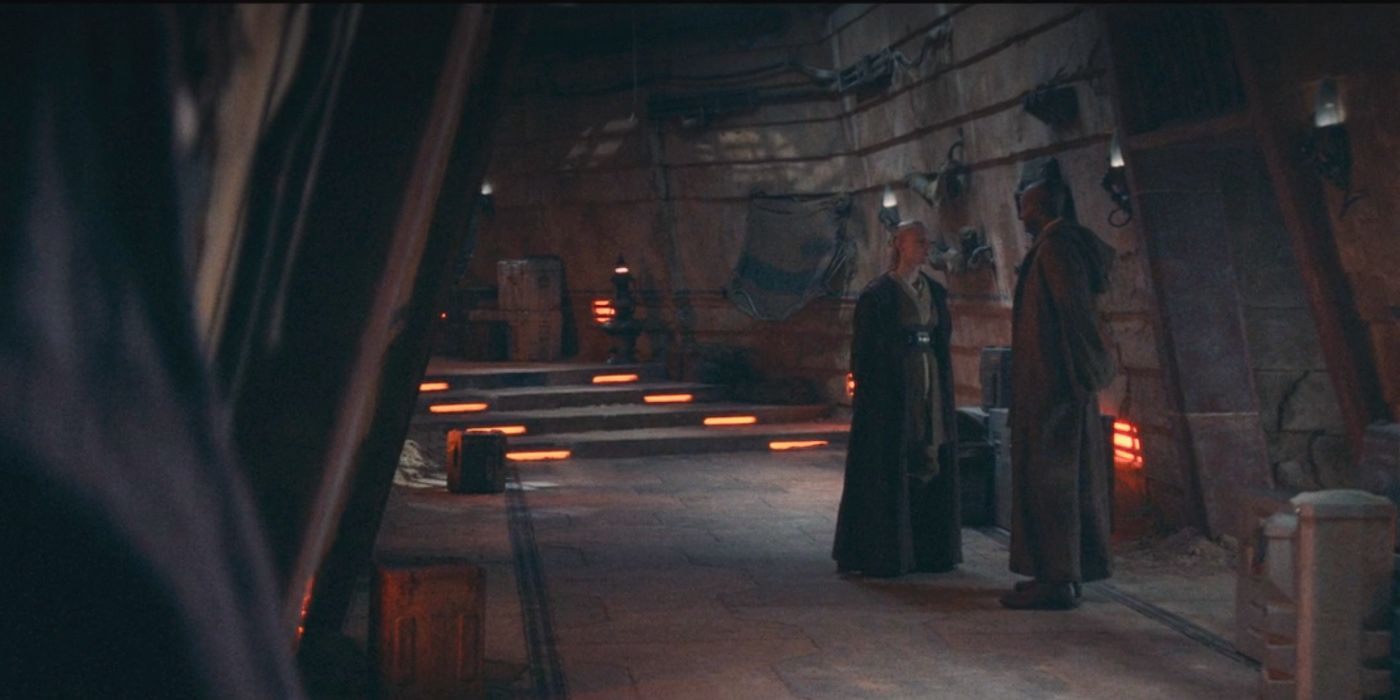
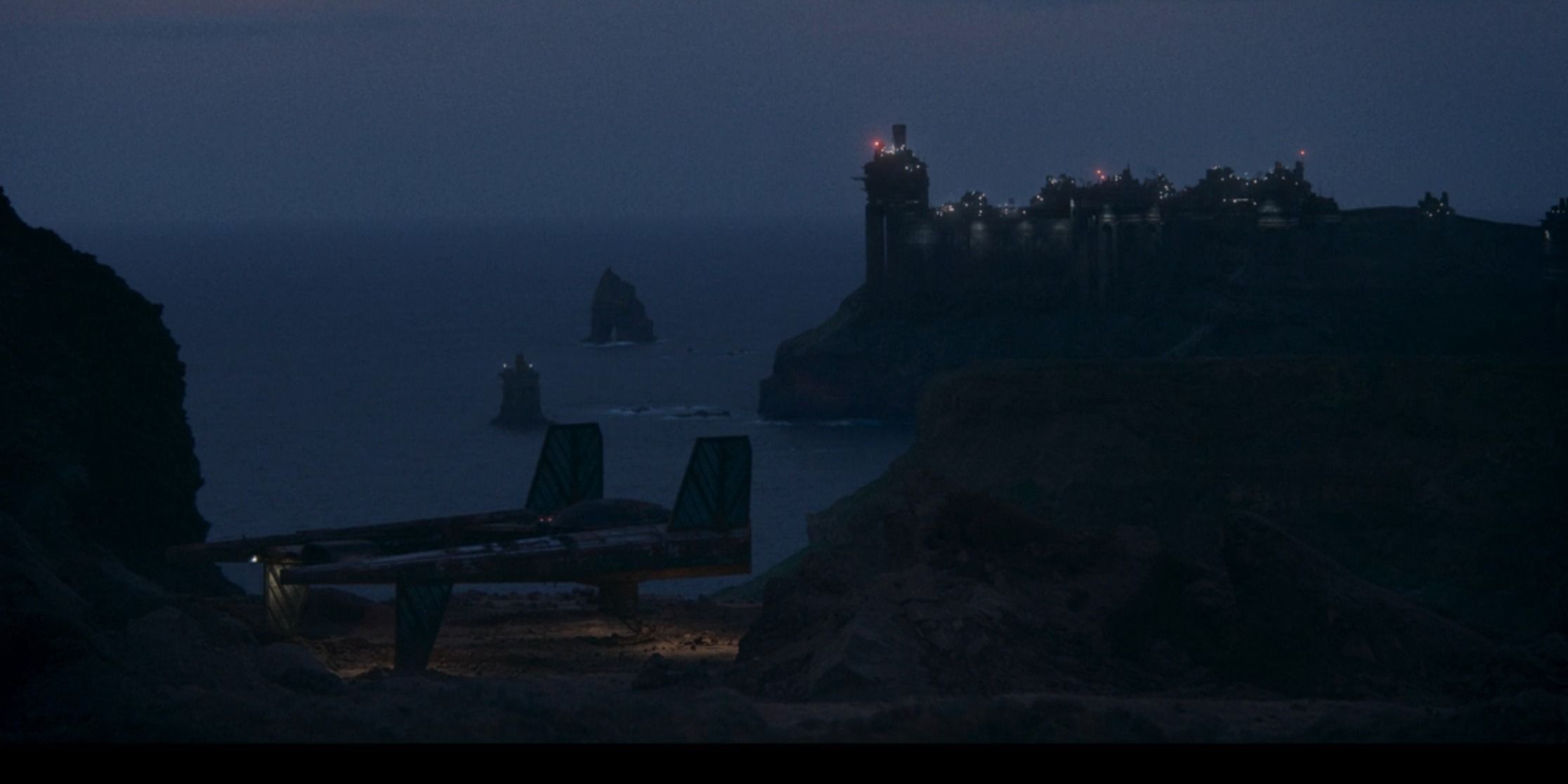
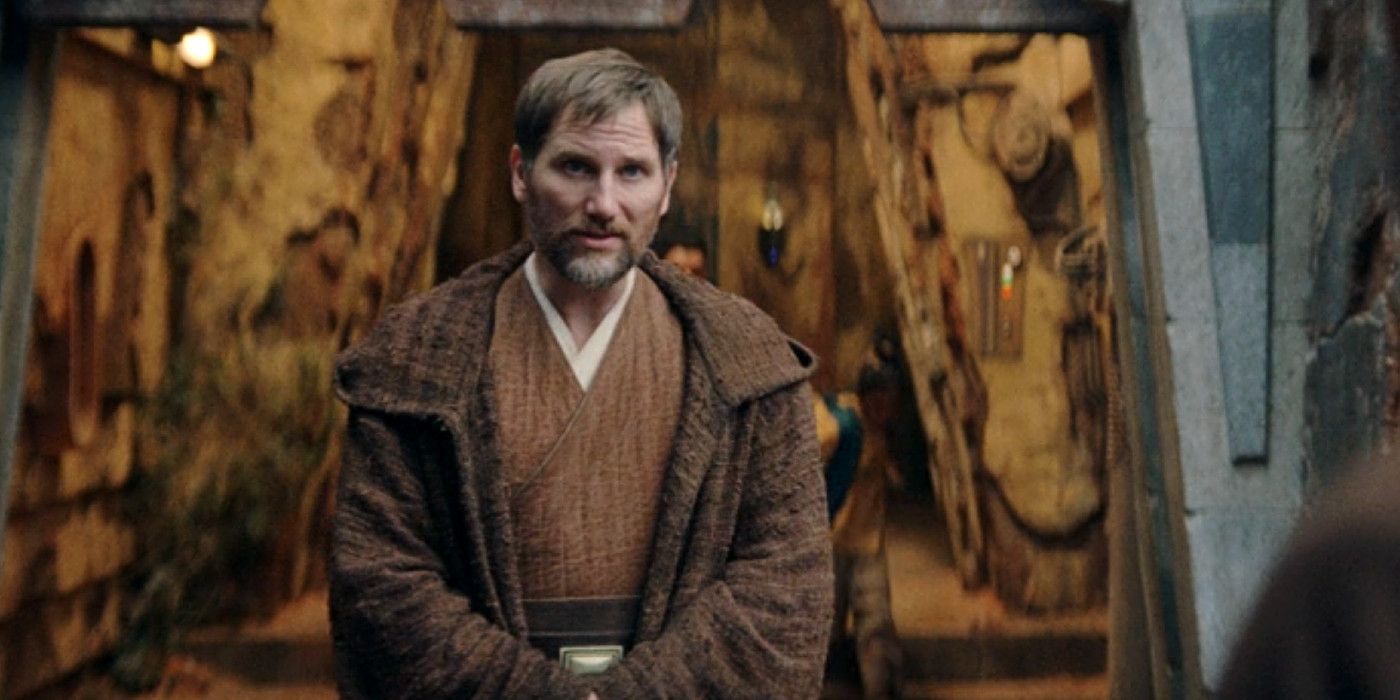
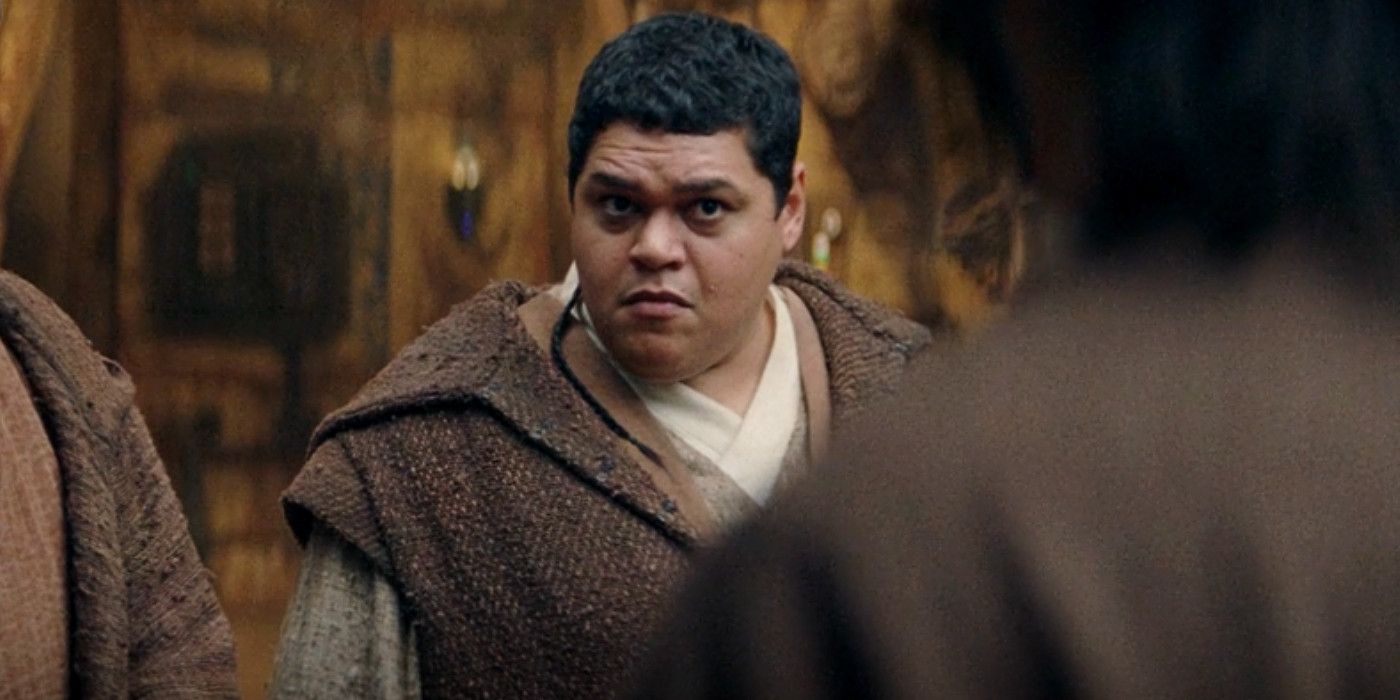
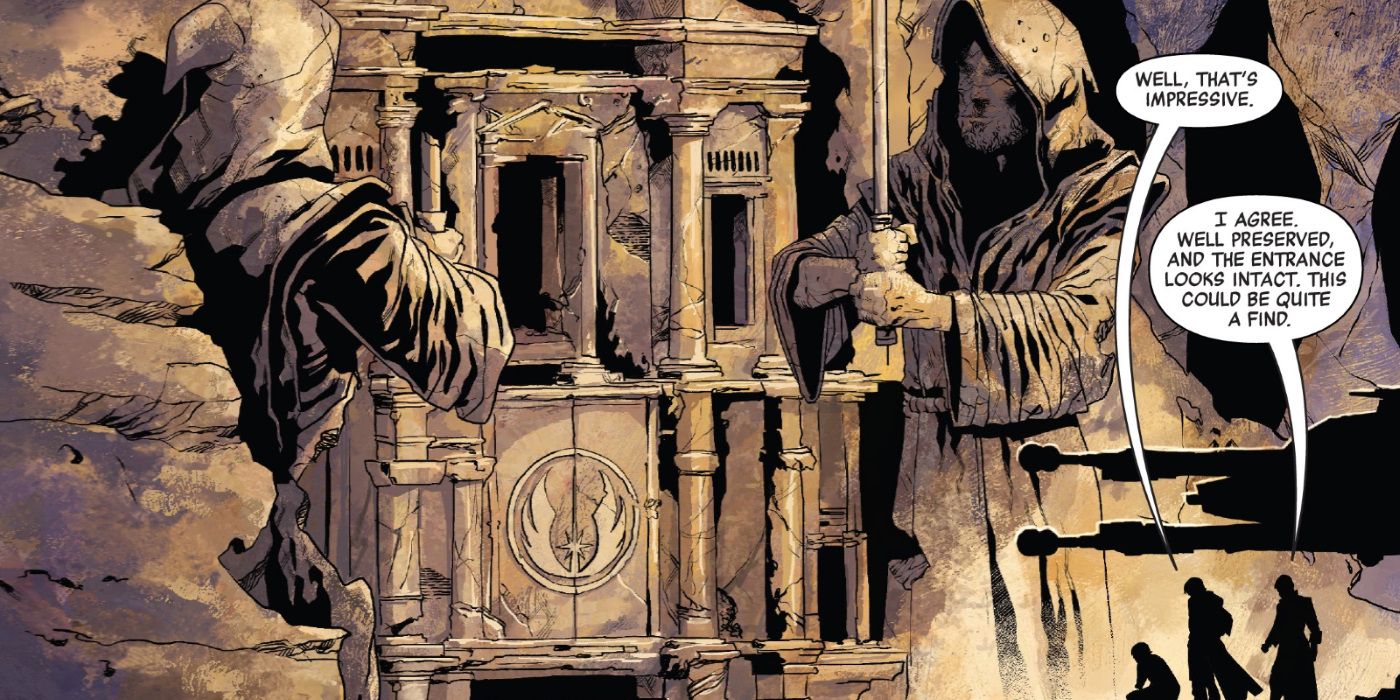





A big tie-in to books and comics depicting the High Republic era in The Acolyte is the presence of Jedi Temple outpost locations. In the second episode, the investigation reaches Olega, where a small, urban Jedi Temple is located. Mae attacks and later kills a Jedi Master there after sneaking in through the Temple’s entrance on the city’s street. The Olega outpost seems to be very similar to how these Temples are depicted in the novels.
These outpost Temples were locations that several Jedi resided in off of the core world and capital of the Republic, Coruscant. The Jedi Order did this so they could better serve further population centers or remote regions, and that seems to be clearly communicated in The Acolyte. There was usually one Jedi in charge of each remote Temple, and that also seems to be the case in the series.
Jedi Seem To Send Bigger Teams On Missions
More Field Operatives Than The Phantom Menace
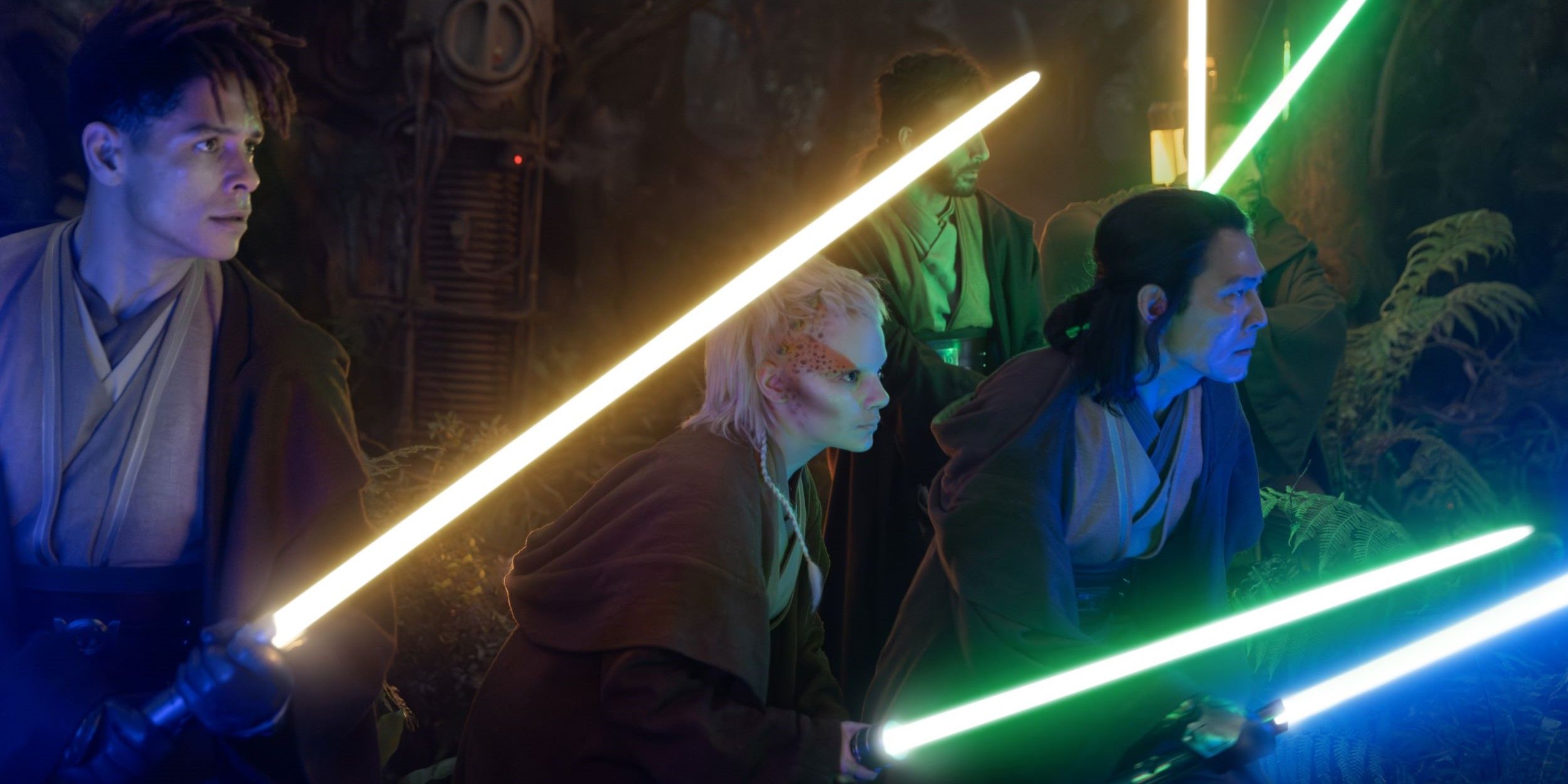
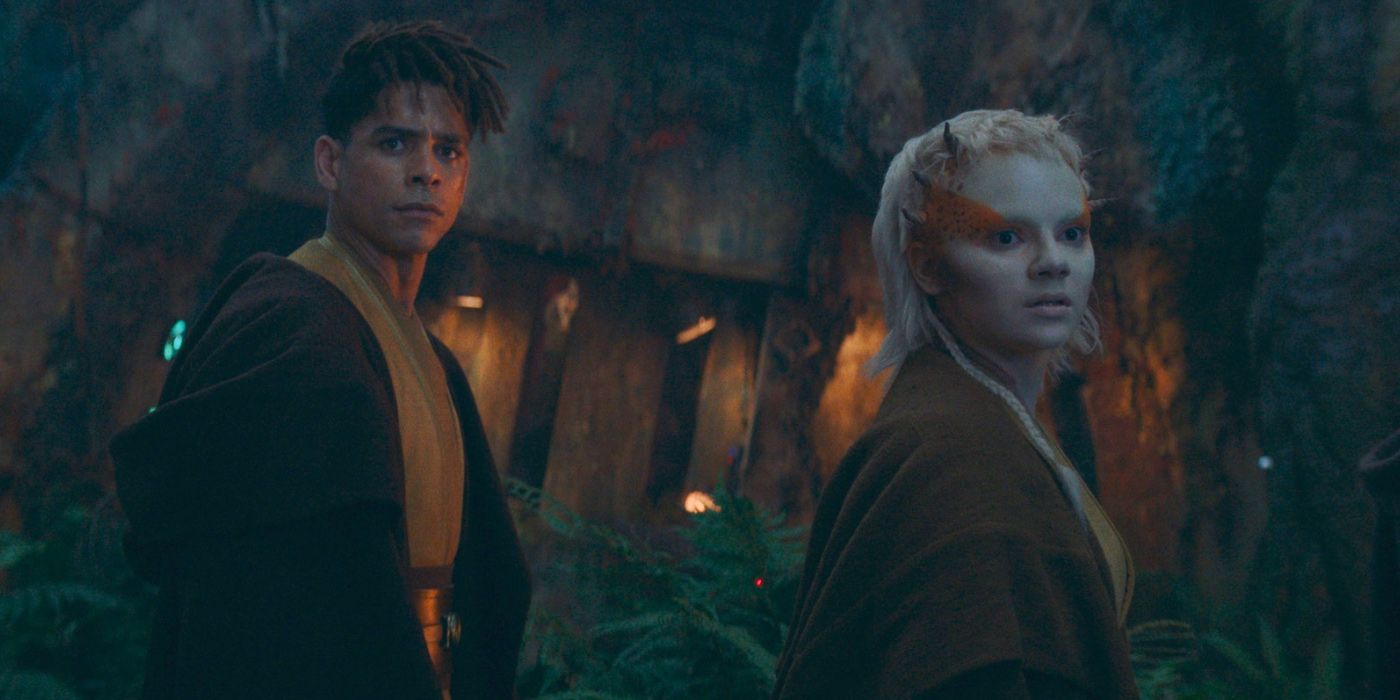
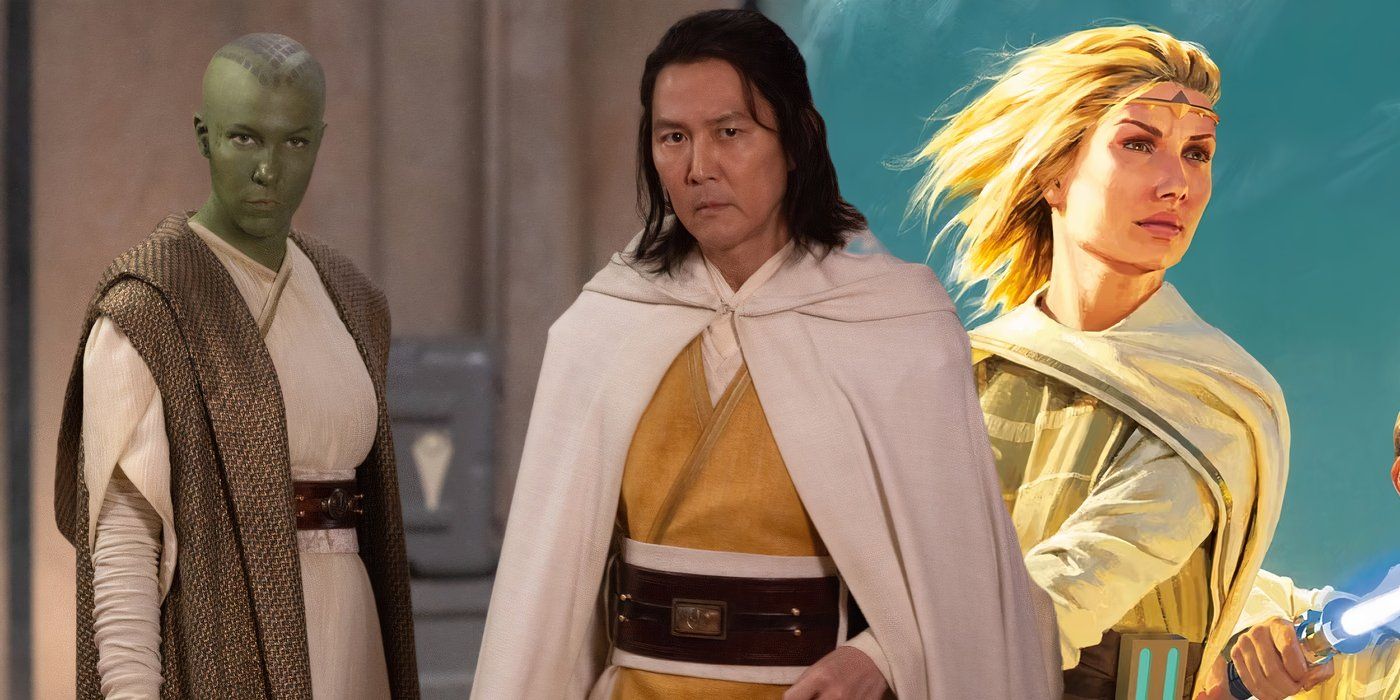
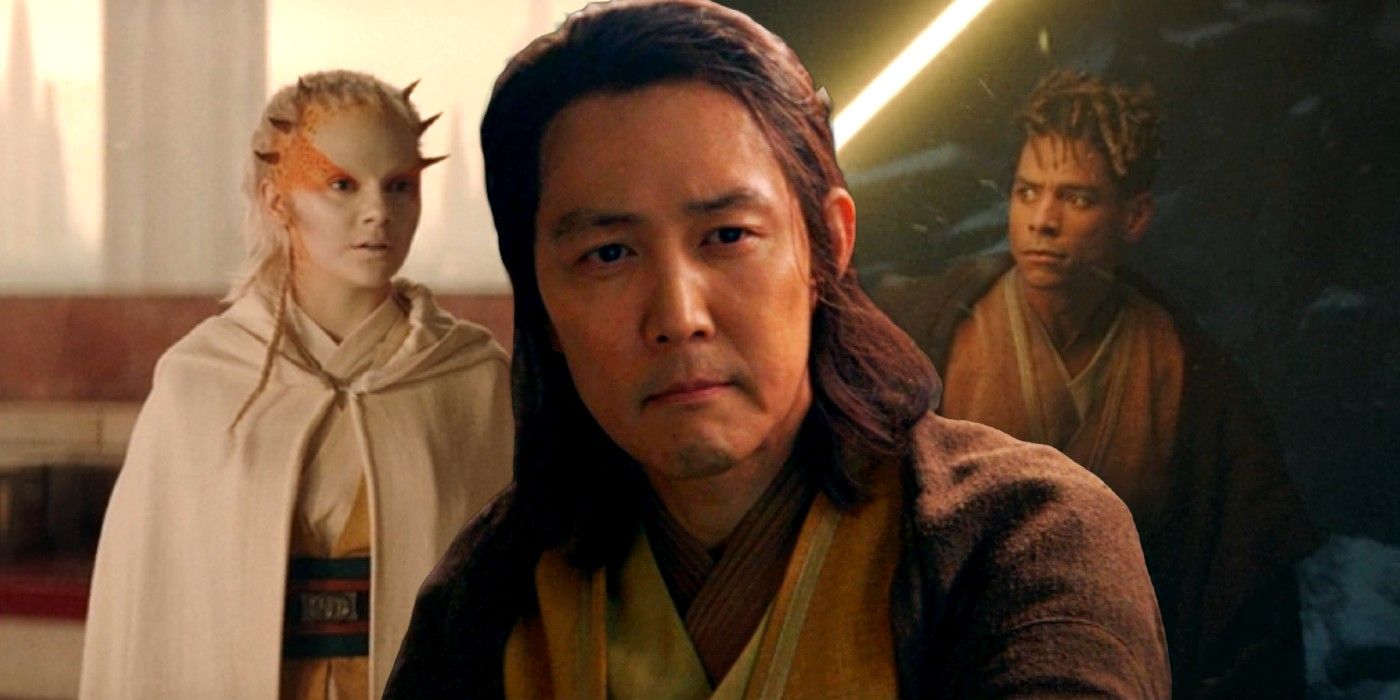






During the first episode of The Acolyte, Jedi Master Sol is tasked with assembling a team of Jedi in order to investigate Mae on the planet Carnac. Based on trailers for later episodes of the series, it seems like the series will involve big teams of Jedi operating in the field. This seems different from the Jedi of the prequel trilogy era.
A hallmark of the High Republic era is the way the Jedi Order interacts with the galaxy outside the core as a whole.
A hallmark of the High Republic era is the way the Jedi Order interacts with the galaxy outside the core as a whole. This type of team attitude towards going out into the galaxy works with that philosophy well. In comparison, during The Phantom Menace, only one Jedi and an apprentice are dismissed to deal with a serious conflict that has galactic stakes. The Acolyte, meanwhile, has shown bigger groups than this already, dealing with smaller situations.
Civilians Are Much More Present In The Jedi Temple
A Jedi Order More In Touch With The People
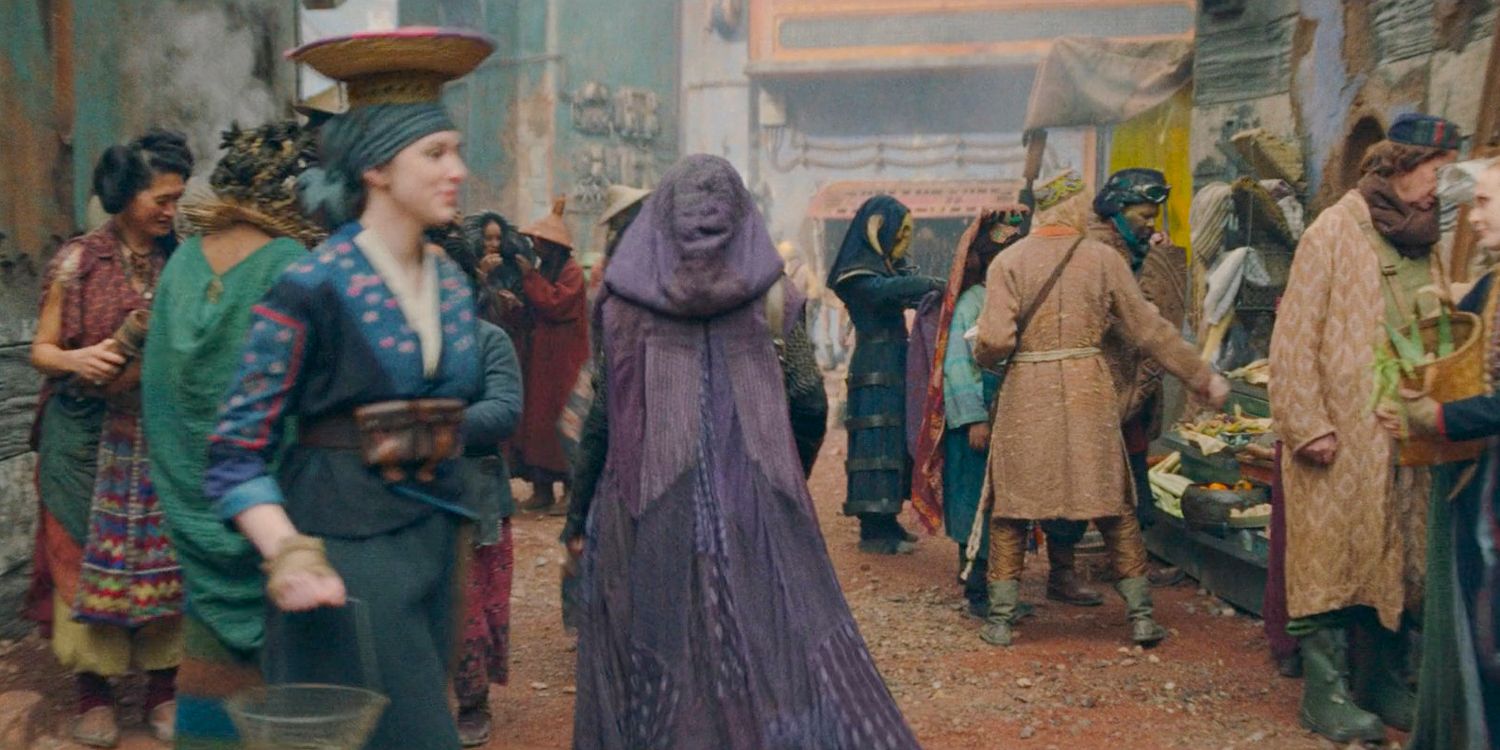
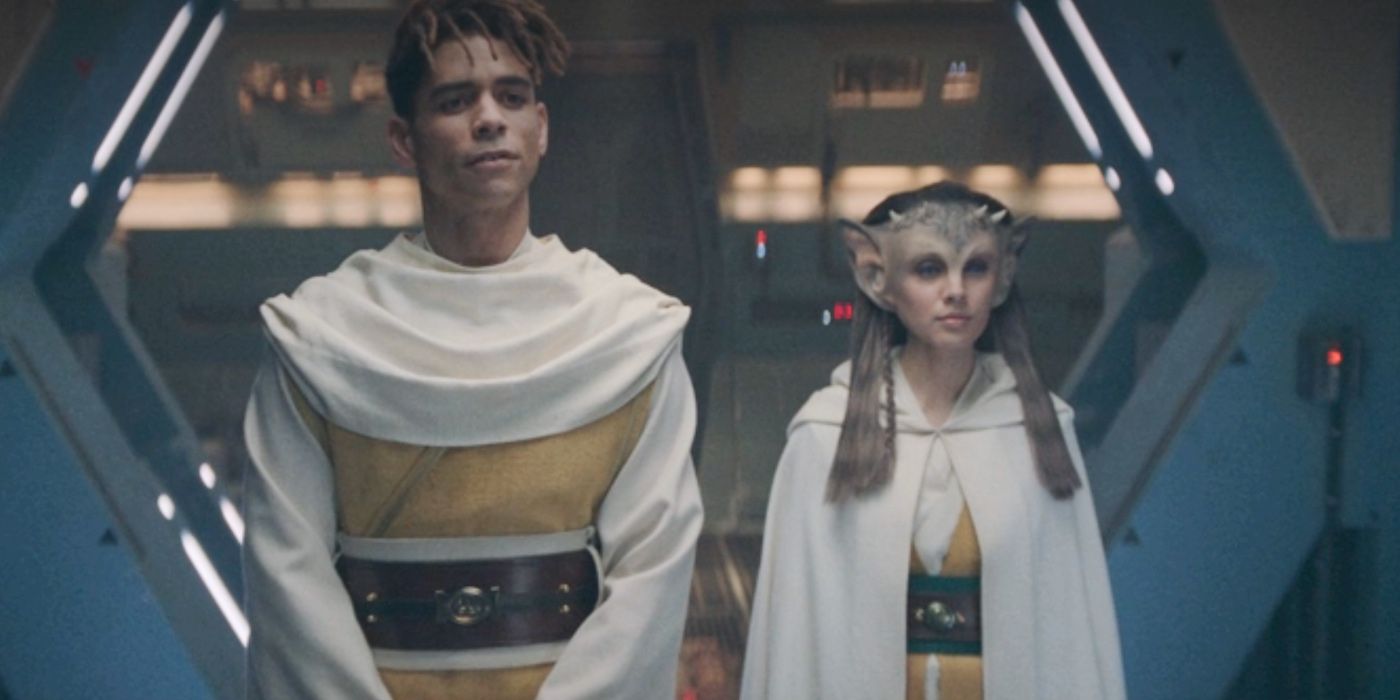
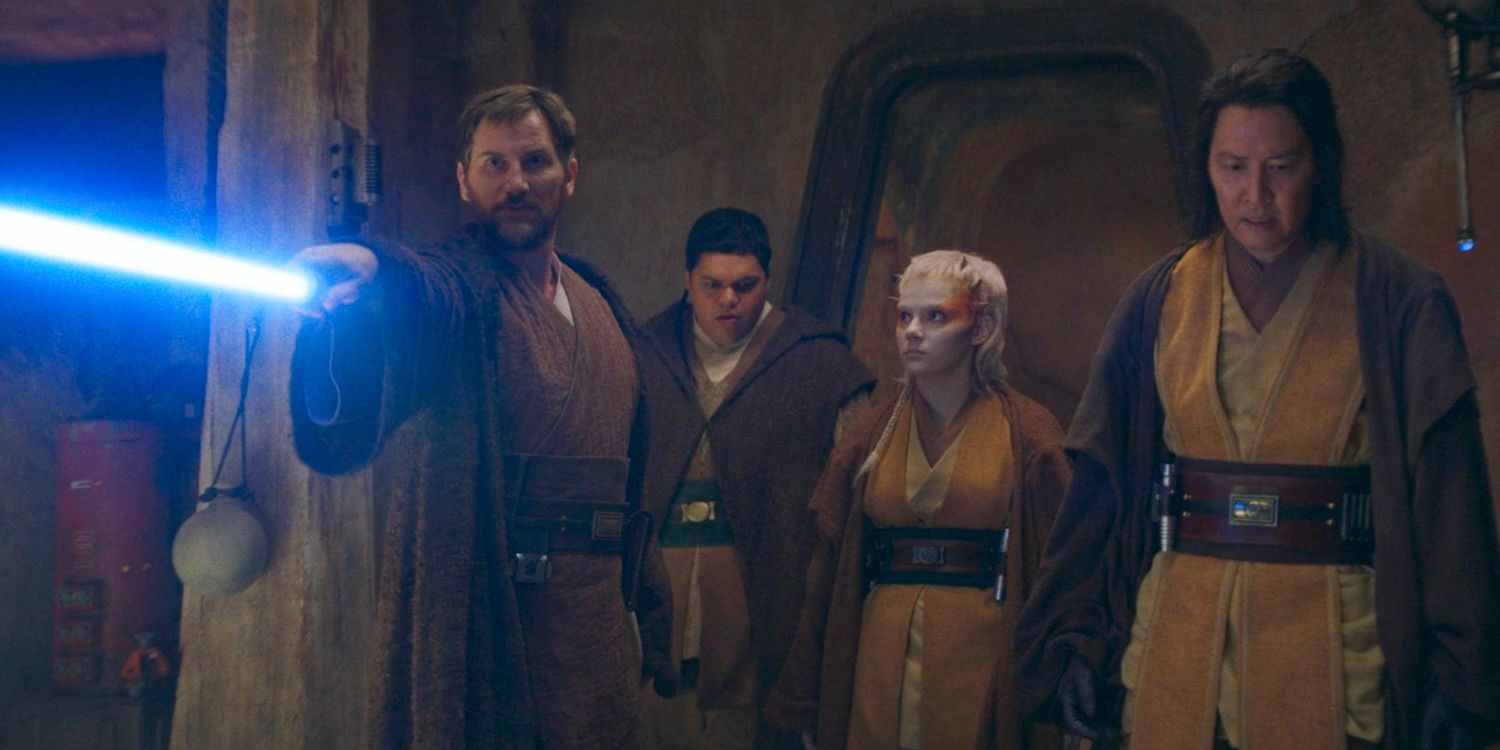
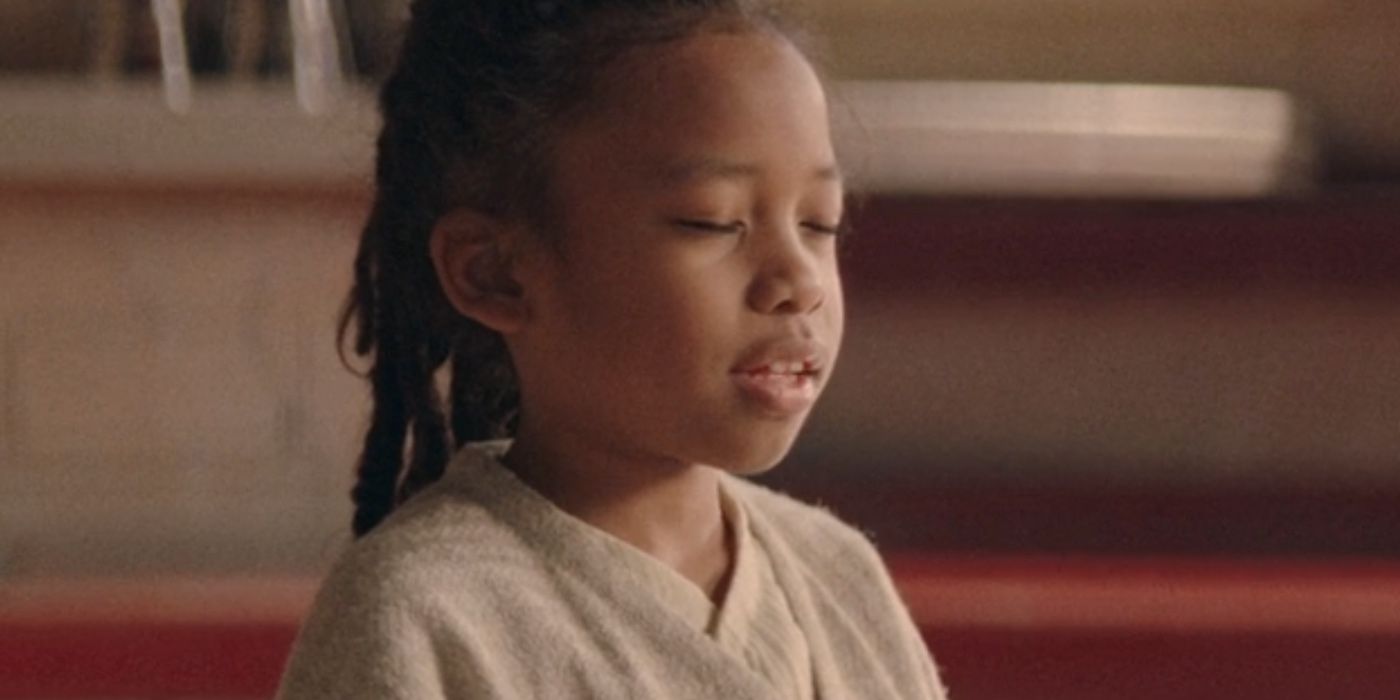
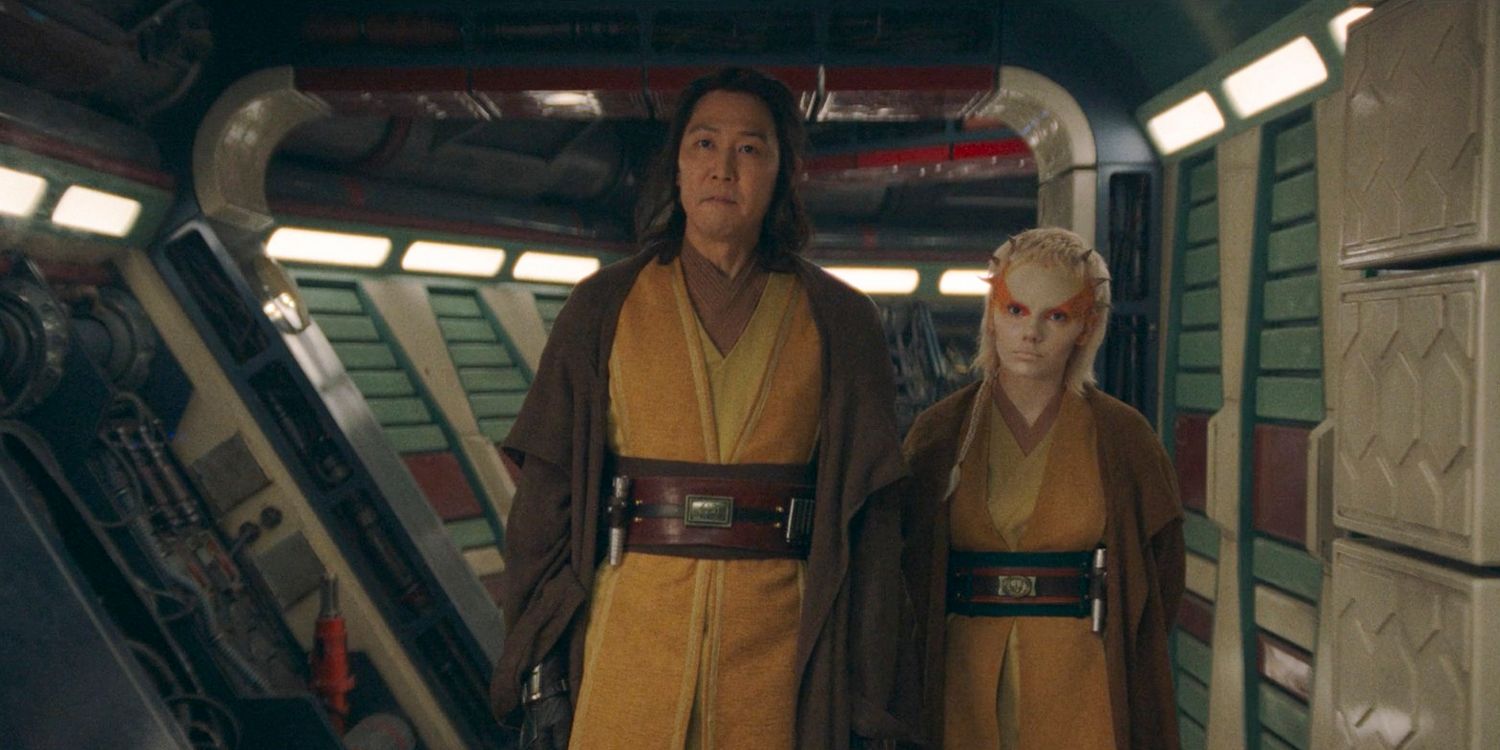





In all the sequences set in the Jedi Temple on Coruscant, the backgrounds are full of lots of extras in various costumes. Importantly, however, not all of those costumes are Jedi robes. There are notably lots of normal civilians walking around, entering, and exiting the Coruscant Jedi Temple. This shows the audience a lot about where the Jedi Order is philosophically during the events of The Acolyte.
The presence of civilians in the Temple once again contributes to the idea that the Jedi of this era are more in touch with the normal people of the galaxy. These people could go to the Jedi Temples presumably for business, help with issues, or anything else. There were also Temples in different locations than Coruscant that civilians were allowed in, and with more Jedi interacting with them, it all paints a very different picture of the Jedi Order than the prequels did.
Jedi Robes Are Much More Ornate & Ostentatious
Temple Robes & Mission Robes
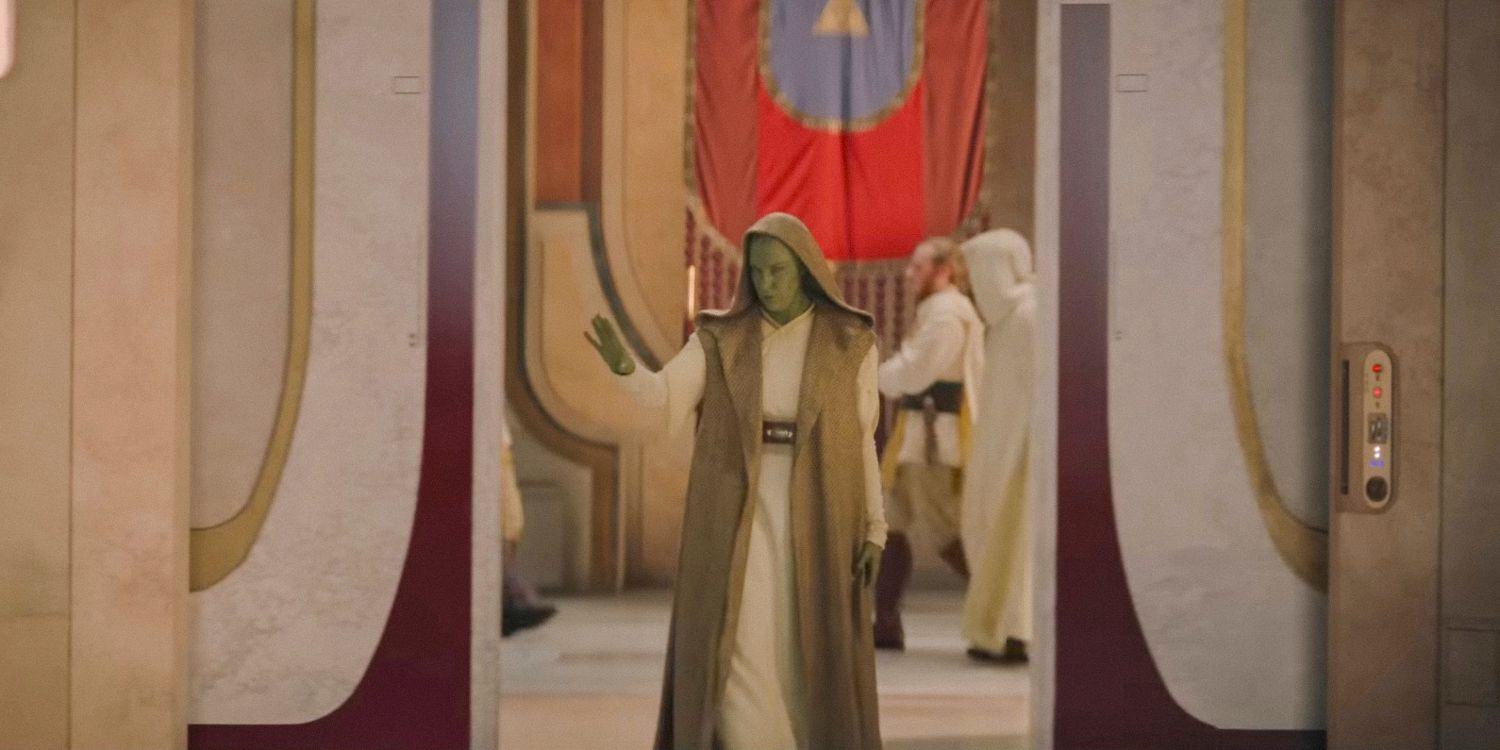
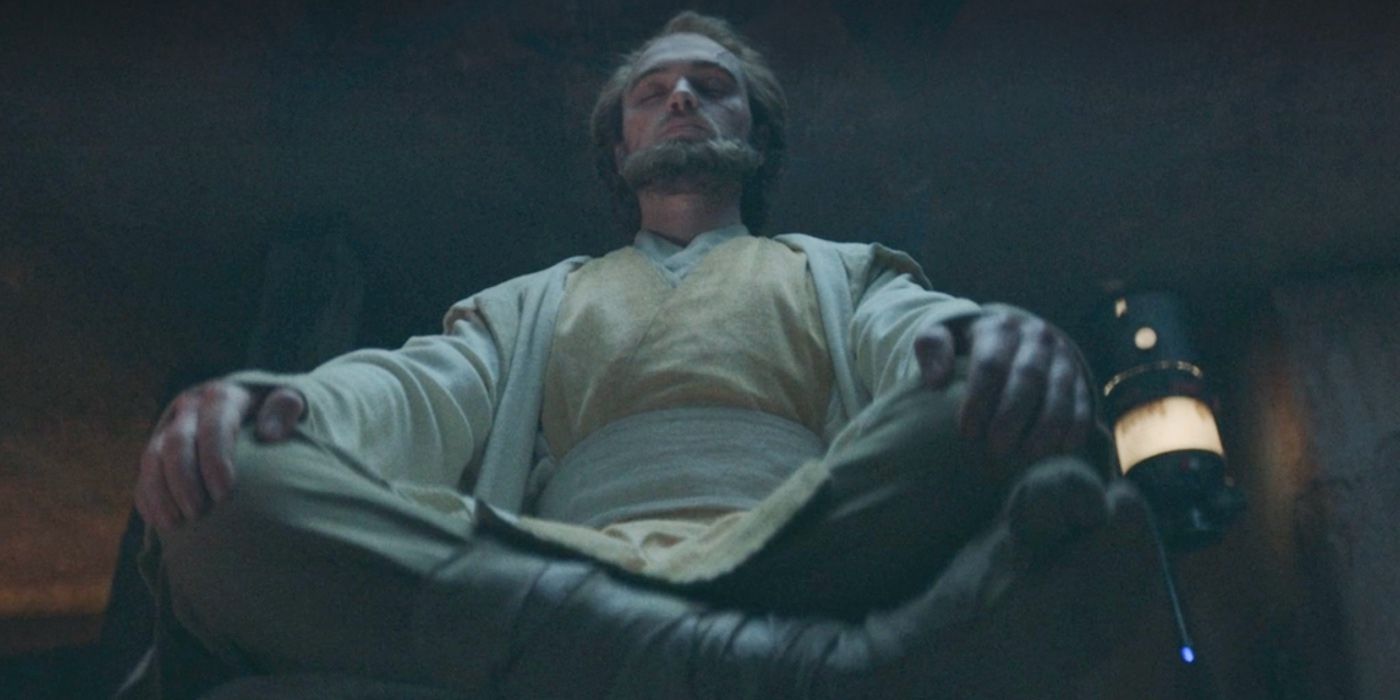
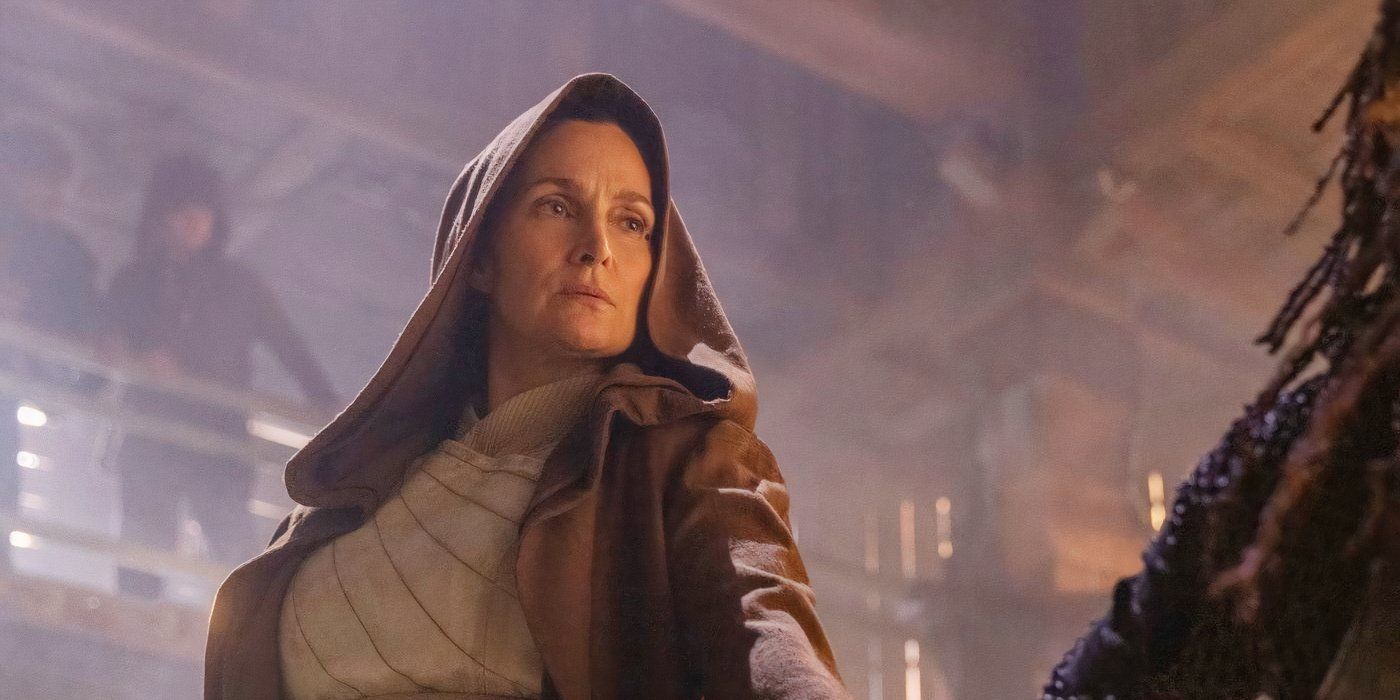
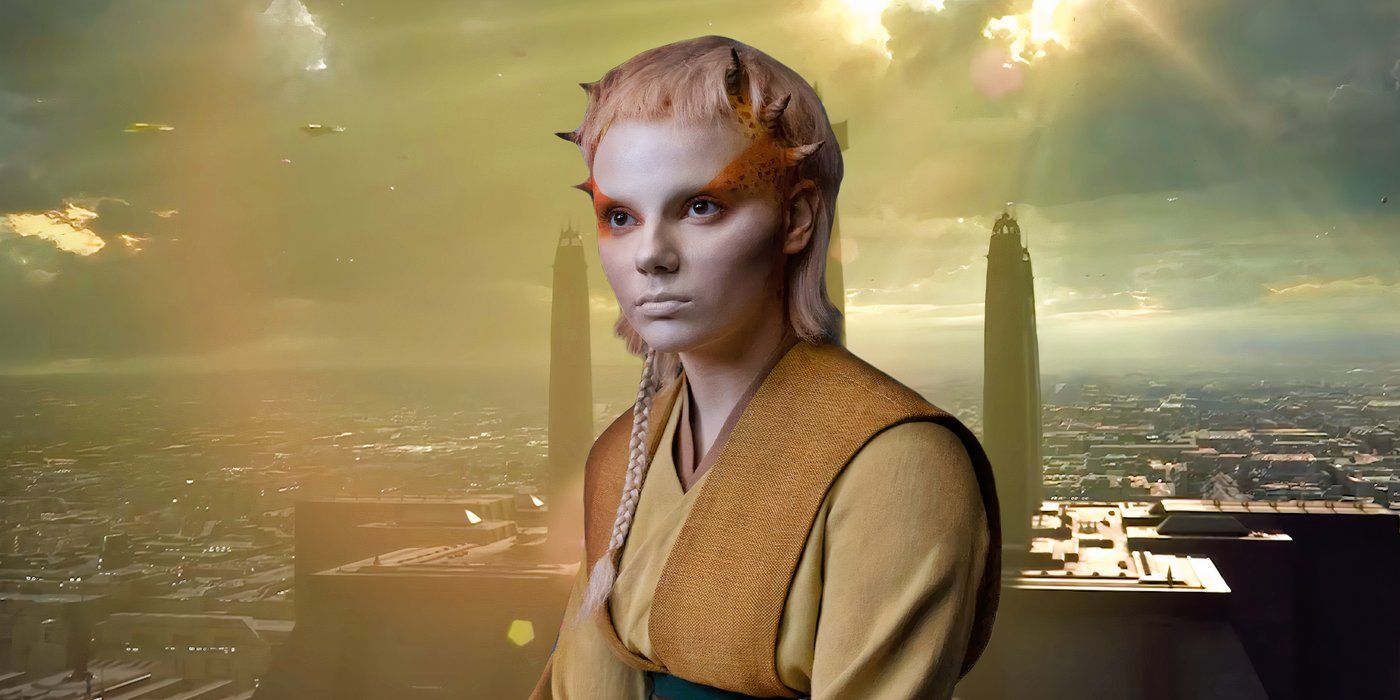
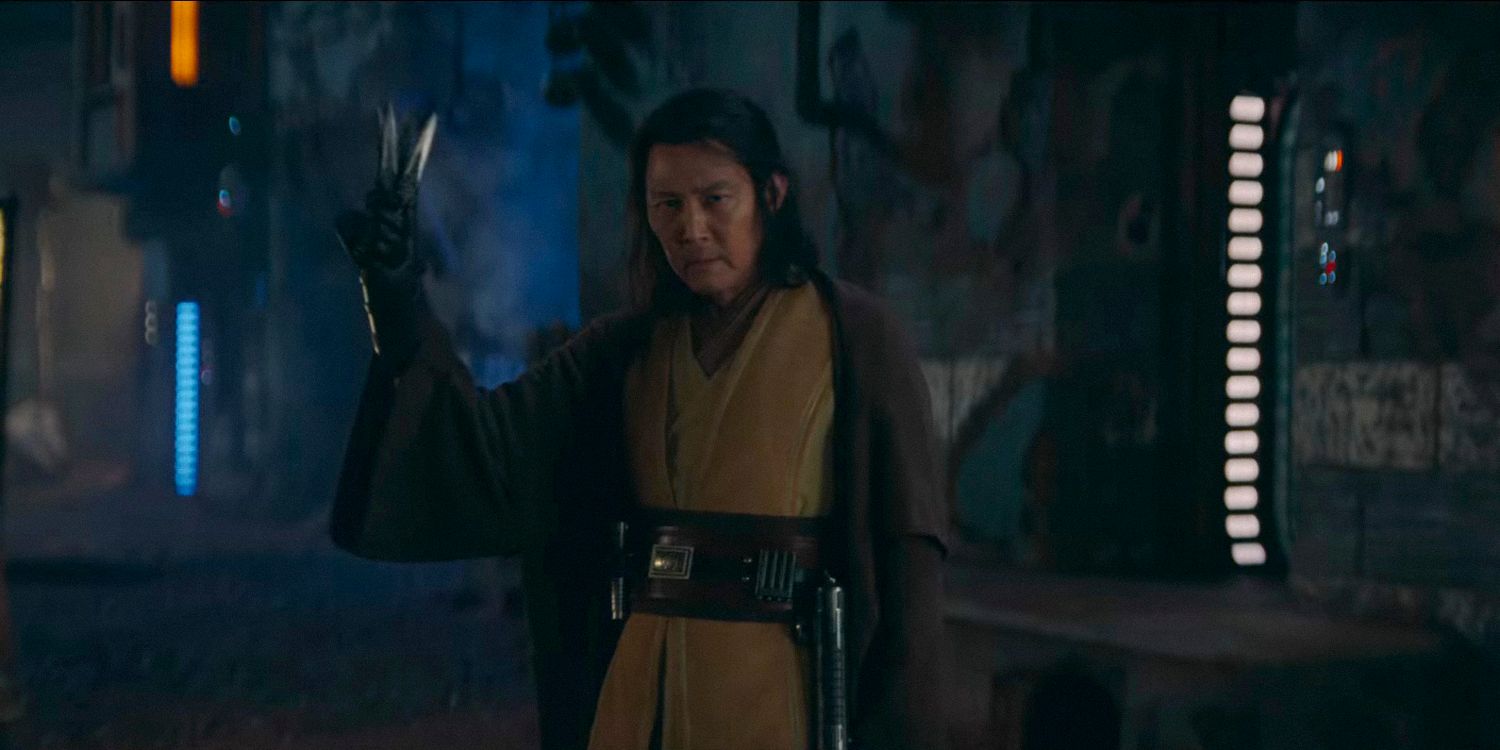





One of the key aspects of the High Republic era for the Jedi that The Acolyte absolutely needed to get right was the Jedi attire. During this era, the Jedi had two distinct sets of robes that they would use for two different instances. One set was reserved for the Jedi Temple on Coruscant, and another set was dedicated to missions away from the Order.
The Acolyte delivers on this concept very well, showing a costume change for the characters when they are heading out on a mission in episode 2. The temple robes are more white and gold, and could be worn in the Jedi Temple on Coruscant, or in formal interactions – like what Jedi Knight Yord Fandar wears on his mission to the Trade Federation ship in episode 1. The mission robes, on the other hand, are a darker gold and a more familiar brown, worn outside Coruscant, so the Jedi could be more tactical and blend in better with civilians.
Decisions Aren’t Centralized To The Jedi Council
Vernestra Rwoh’s Decision-Making
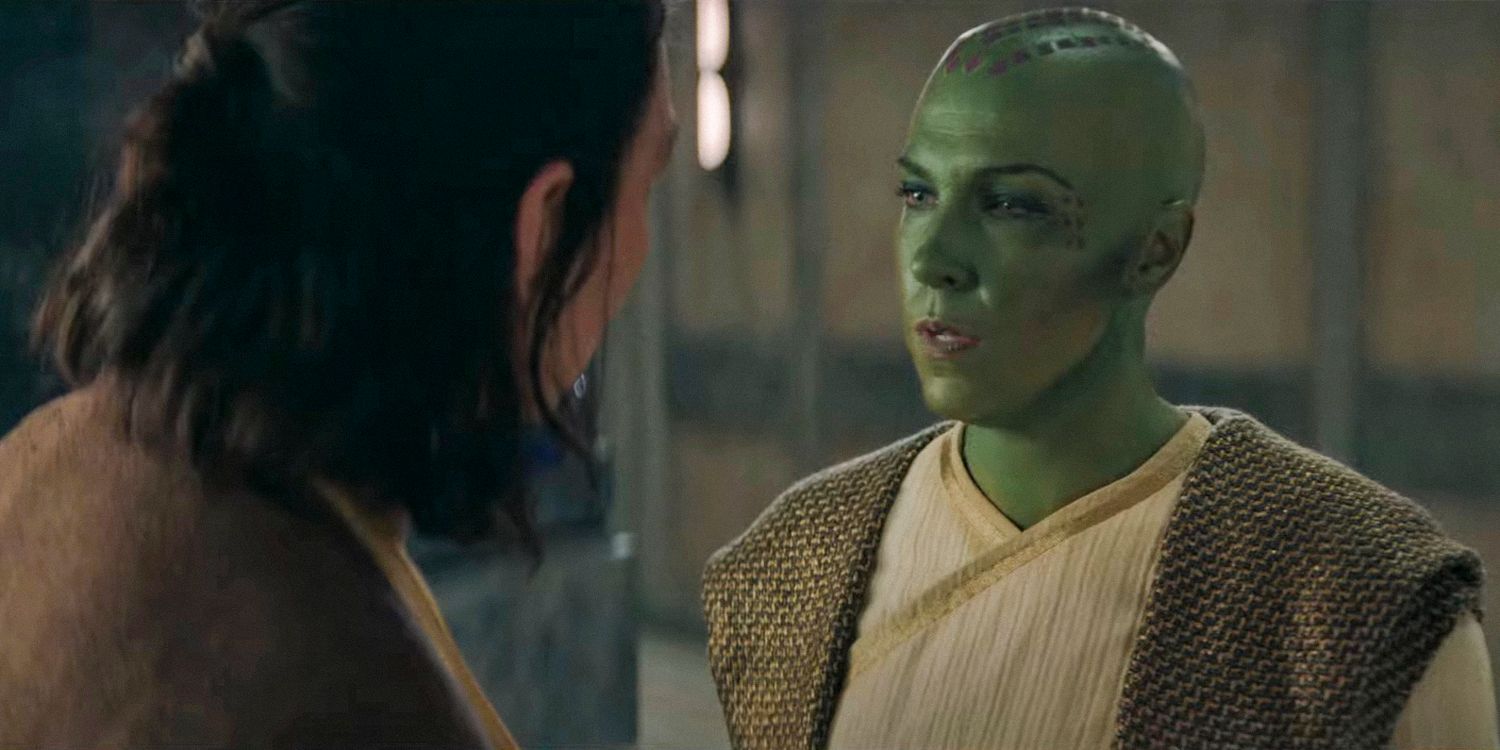
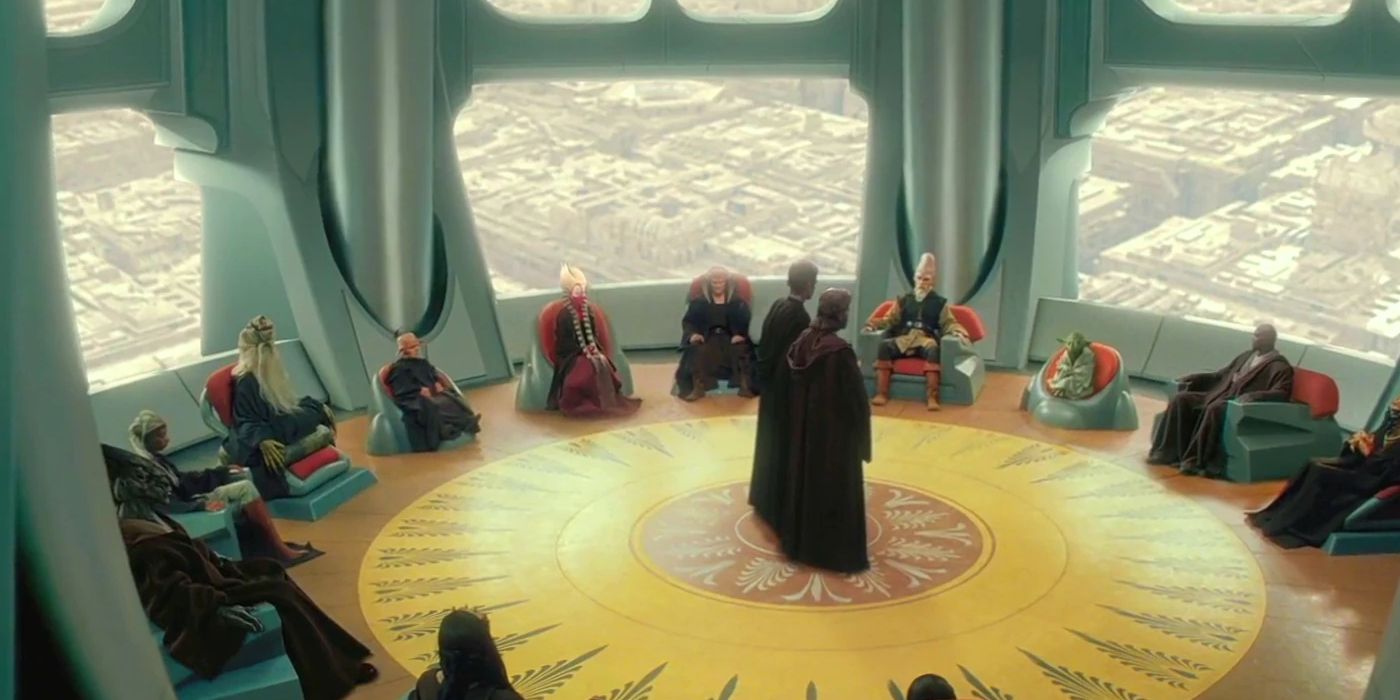
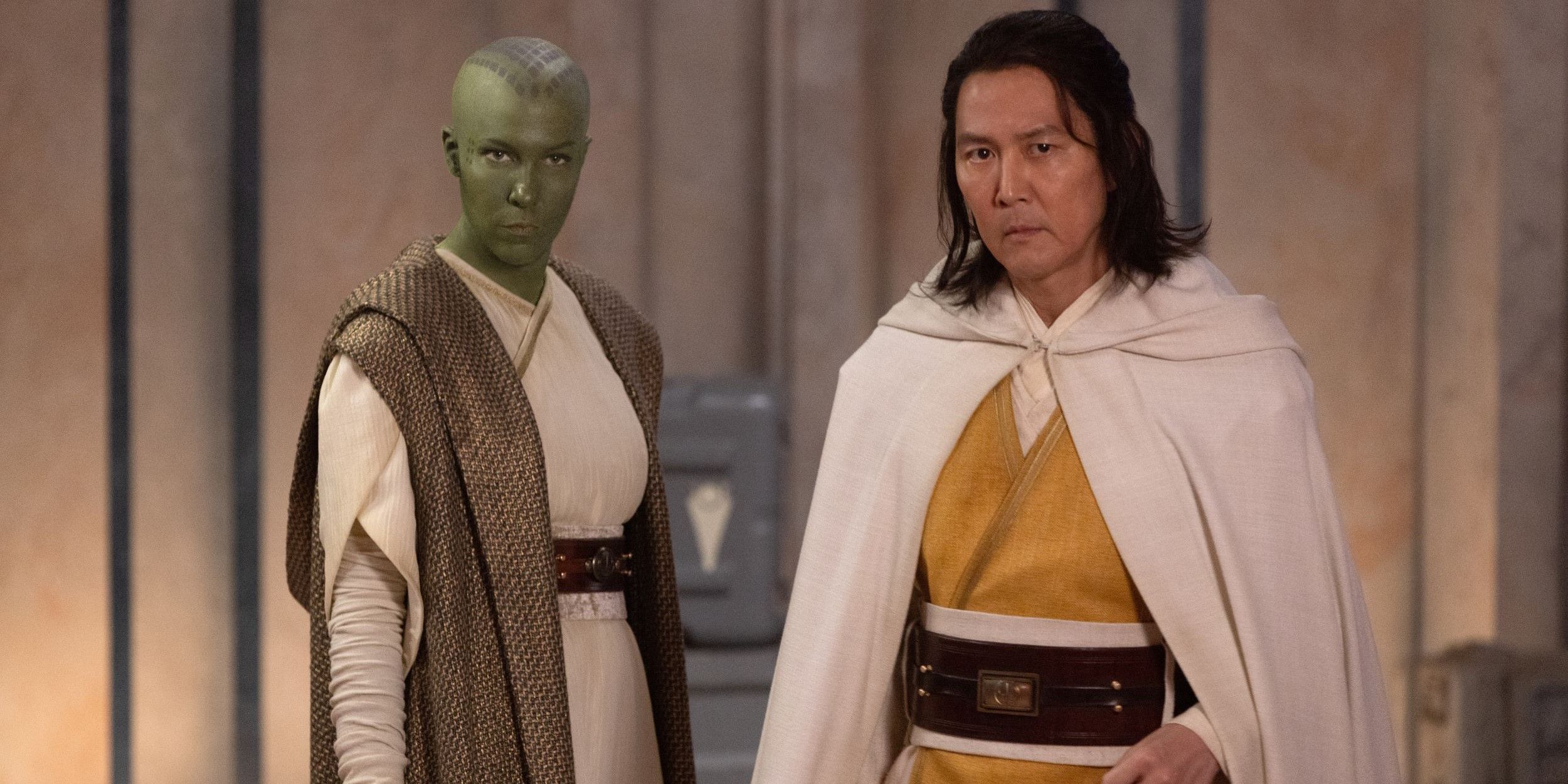
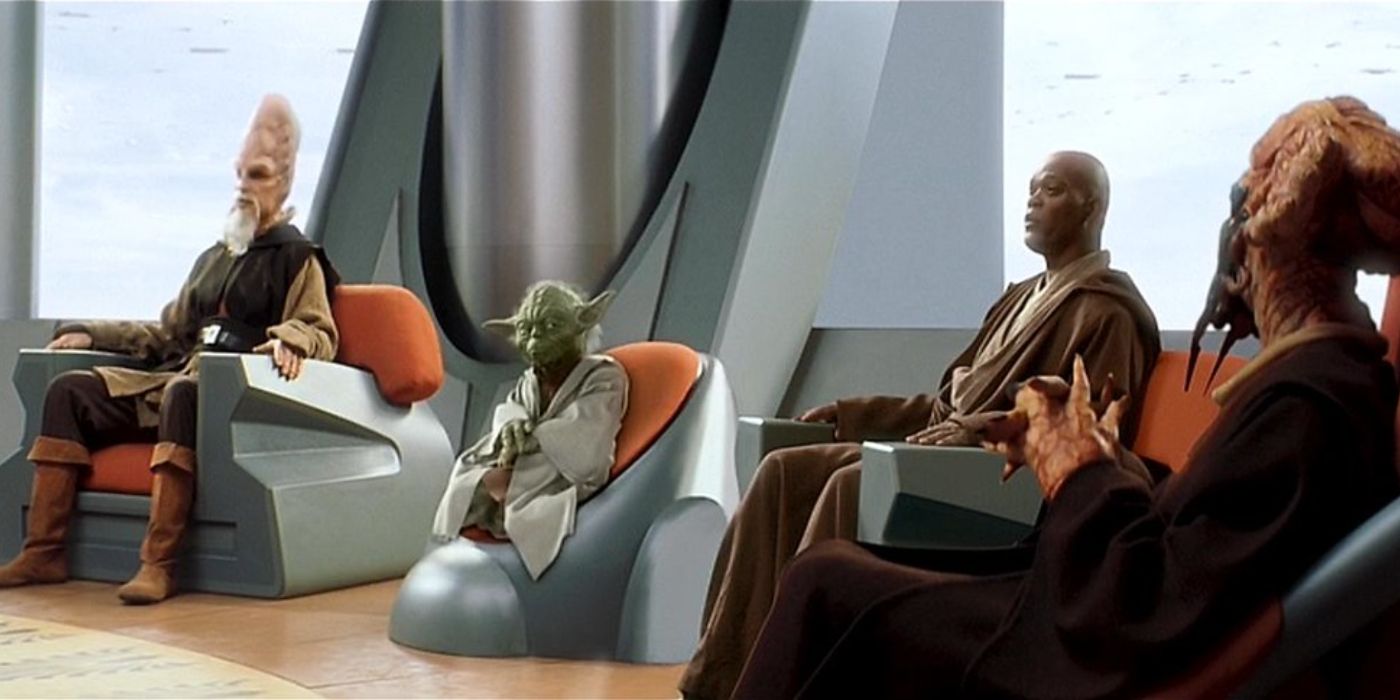
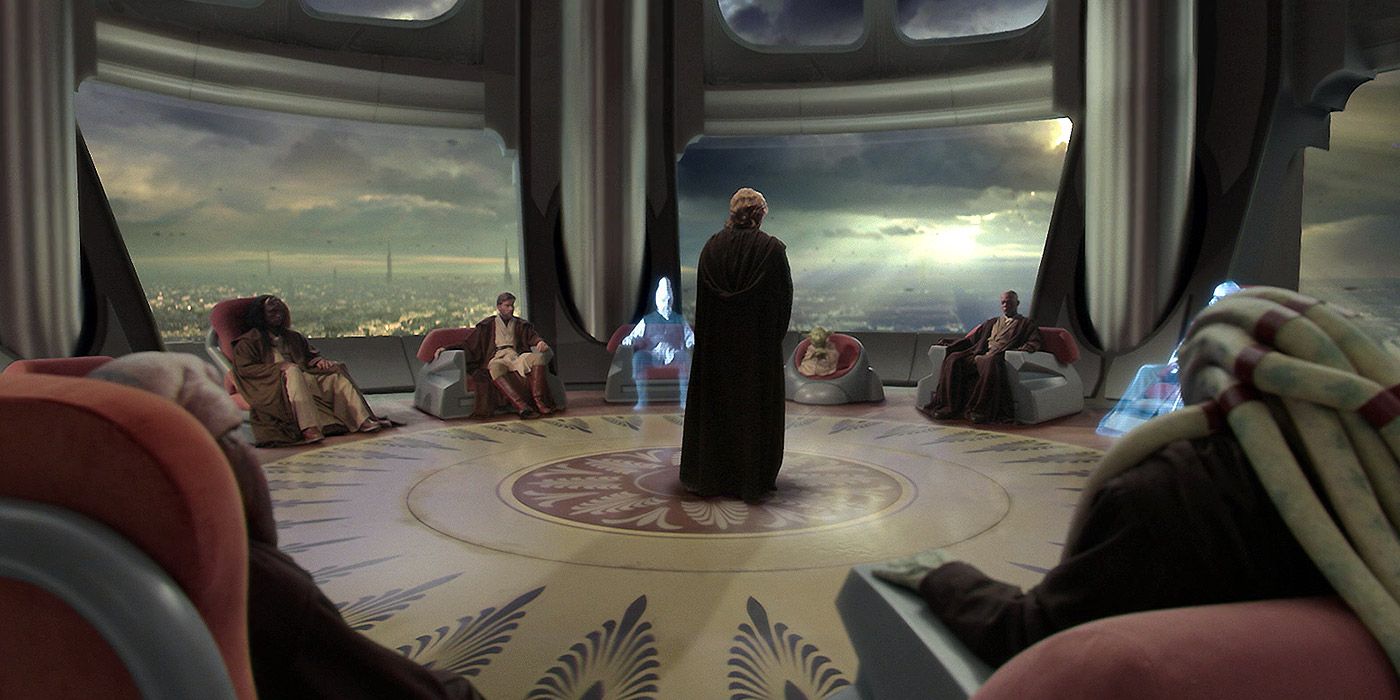





What many viewers expected out of The Acolyte was the heavy presence of the Jedi Council. The Council, however, hasn’t shown up yet in the first two episodes, and there are instances where it really seems like they should have. One of the main frames of reference for how the Council operates is The Phantom Menace, which shows them being very involved with a mysterious threat to the Jedi Order in Darth Maul.
One hundred years earlier, this same kind of threat hasn’t been discussed with the Council, despite its clear urgency. It’s possible that these Council meetings could be happening off-screen, but based on comments from Jedi Master Vernestra Rwoh, Jedi authority in The Acolyte seems to be structured differently in regard to the Council. Rwoh even states that she intends to “assemble a council“, a phrase that doesn’t feel in-line with the Council’s operations during the prequel trilogy era.
Jedi Have So Many More Lightsaber Colors
A More Colorful Jedi Order
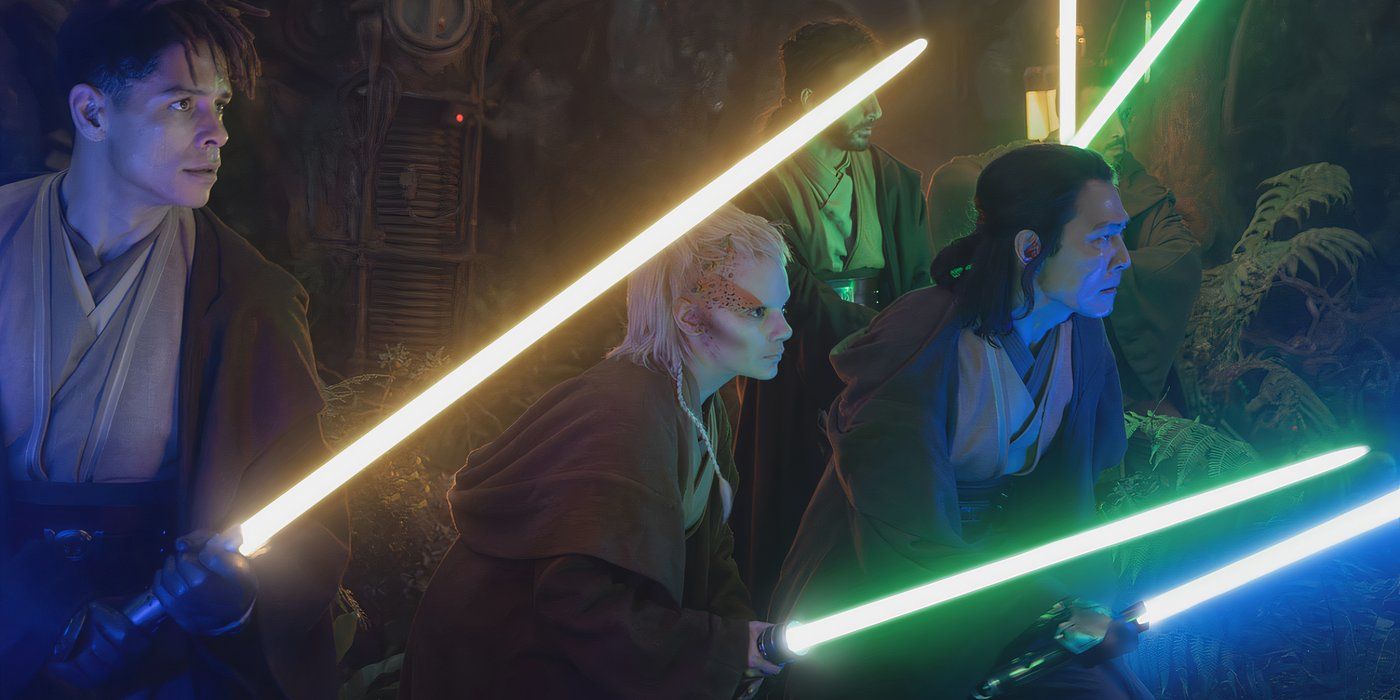
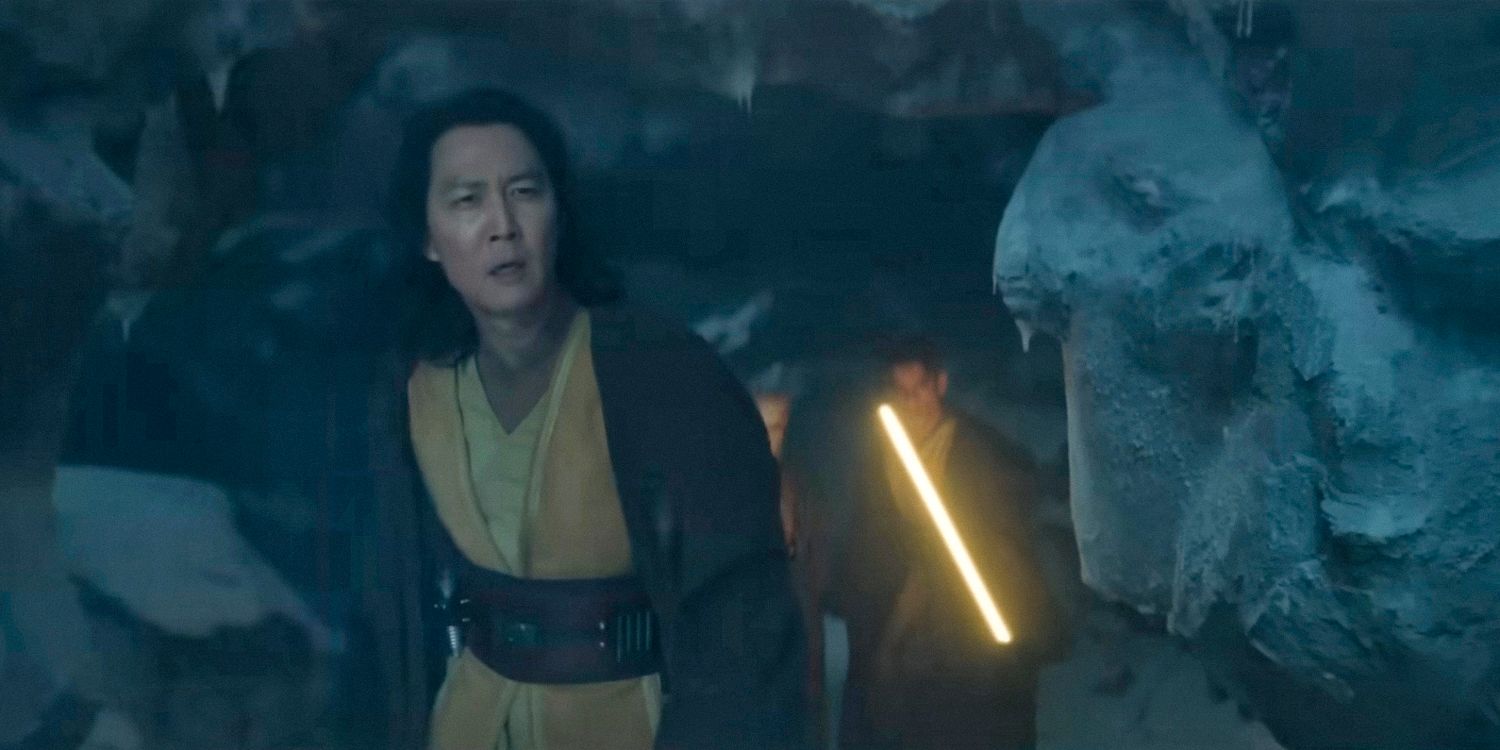
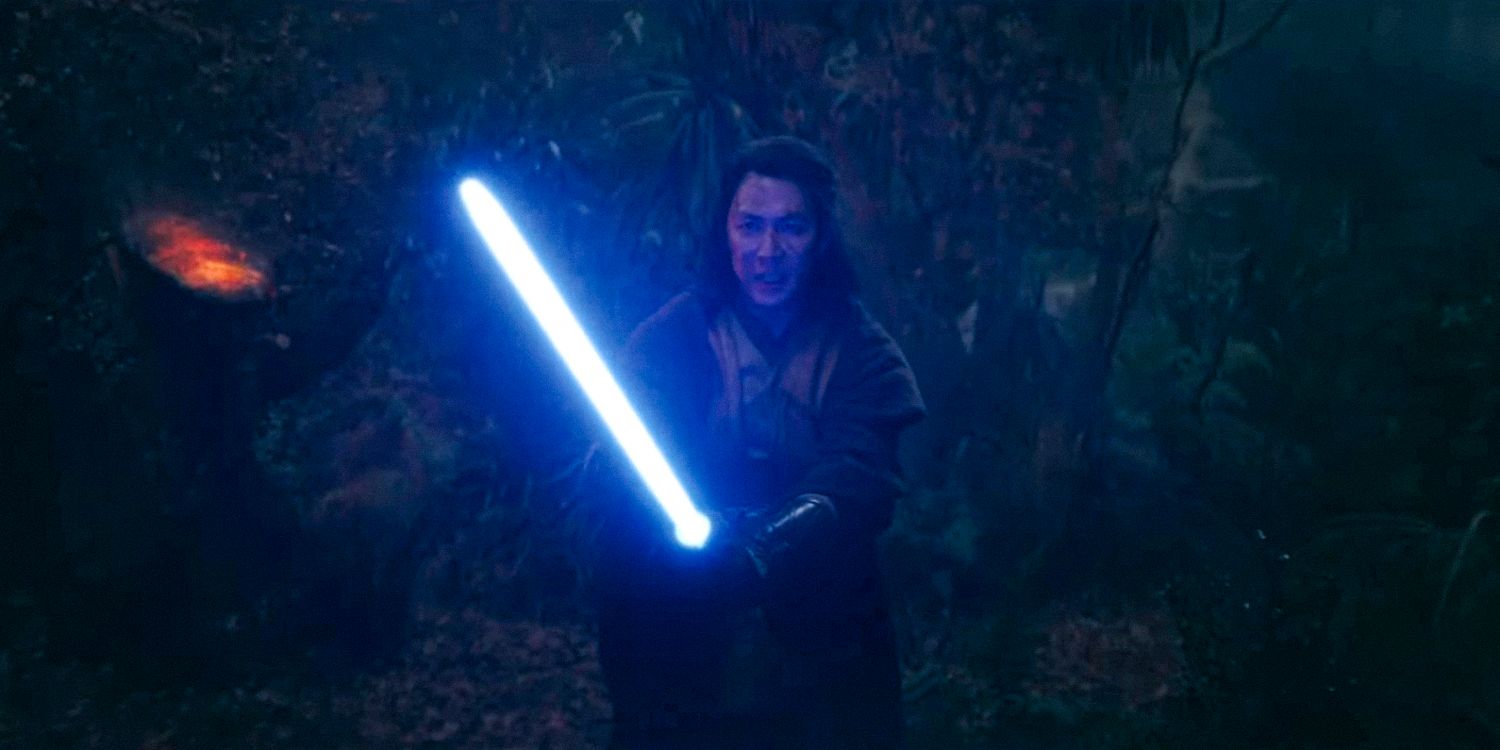
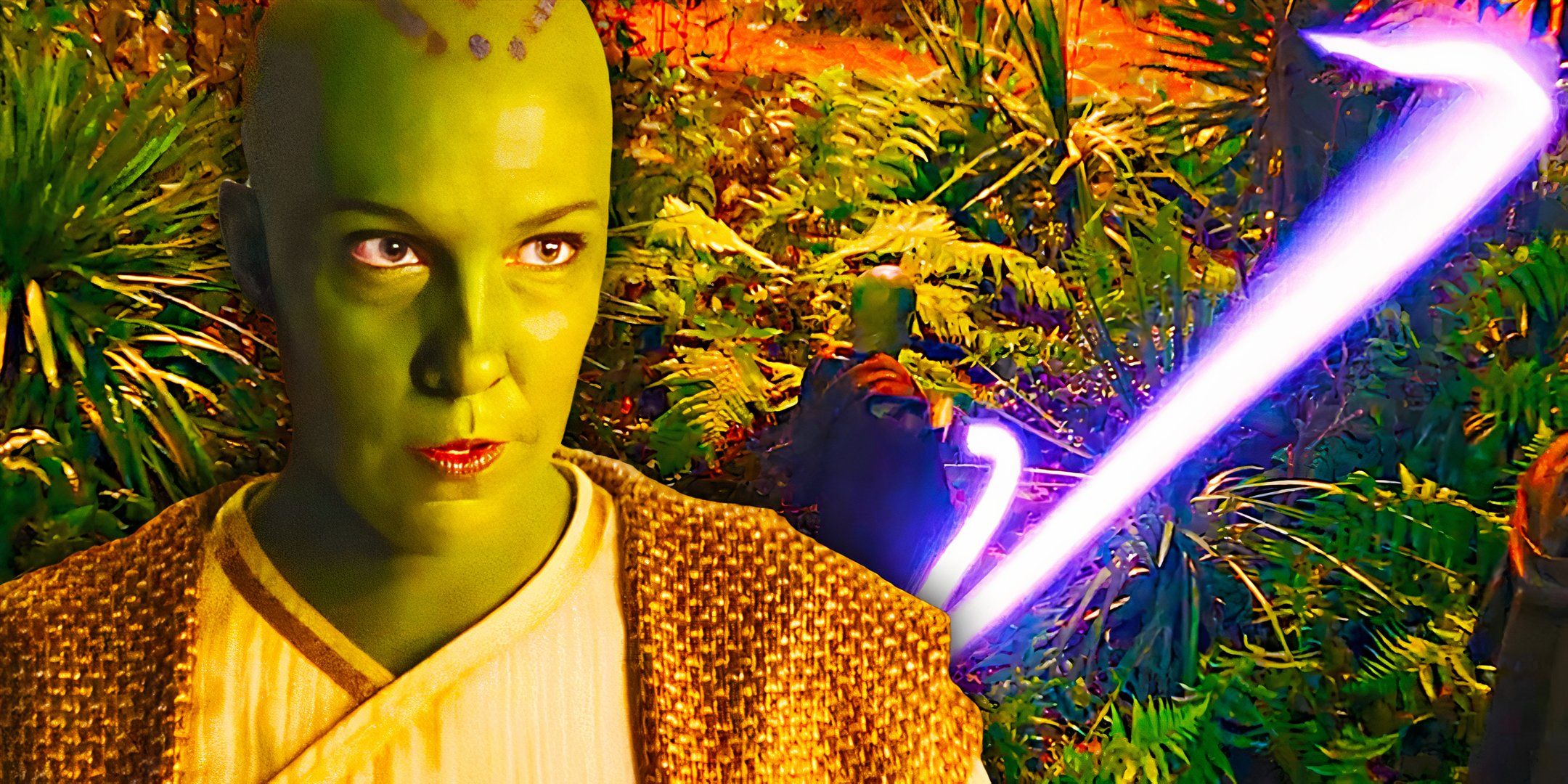
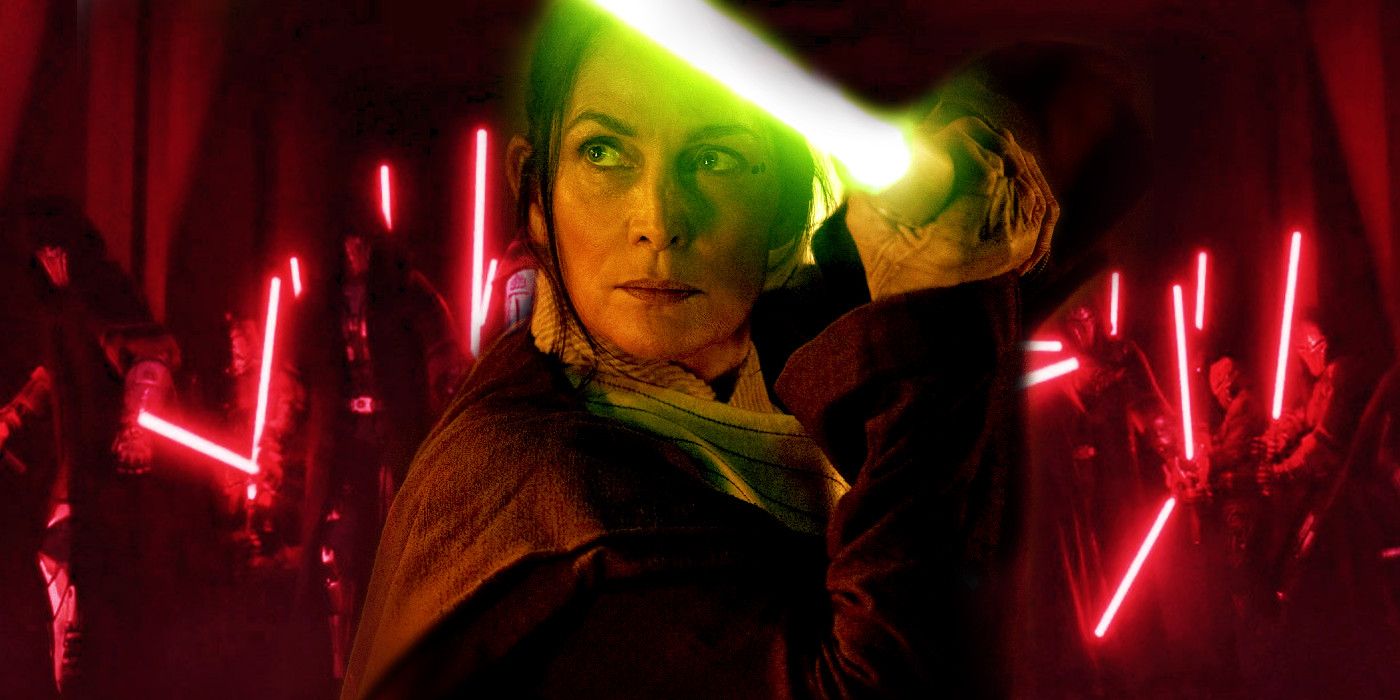





Another trait of the Jedi Order during the High Republic era is the more diverse selection of not only robes, but also lightsaber colors. So far, The Acolyte has not disappointed in this regard. In particular, yellow lightsabers seem to be much more common during the High Republic, whereas in the prequel trilogy era, they were relegated to almost only Jedi Temple guards.
The most prominent lightsaber seen so far in the first two episodes of The Acolyte has been a yellow-bladed lightsaber, belonging to Yord Fandar. This is a welcome change of pace to the usual green and blue lightsabers of the Jedi Order of the prequels. However, those other colors are not missing, as the main character himself, Master Sol, wields a blue lightsaber, and the Wookiee Kelnacca wields green. On top of all of that, Vernestra Rwoh’s iconic and fascinating light whip is also a purple-bladed lightsaber, something that was also seen, but much more rarely, in the prequel trilogy.
Jedi Are Stationed On Other Planets For Long Periods Of Time
The Jedi Order Is Here To Help
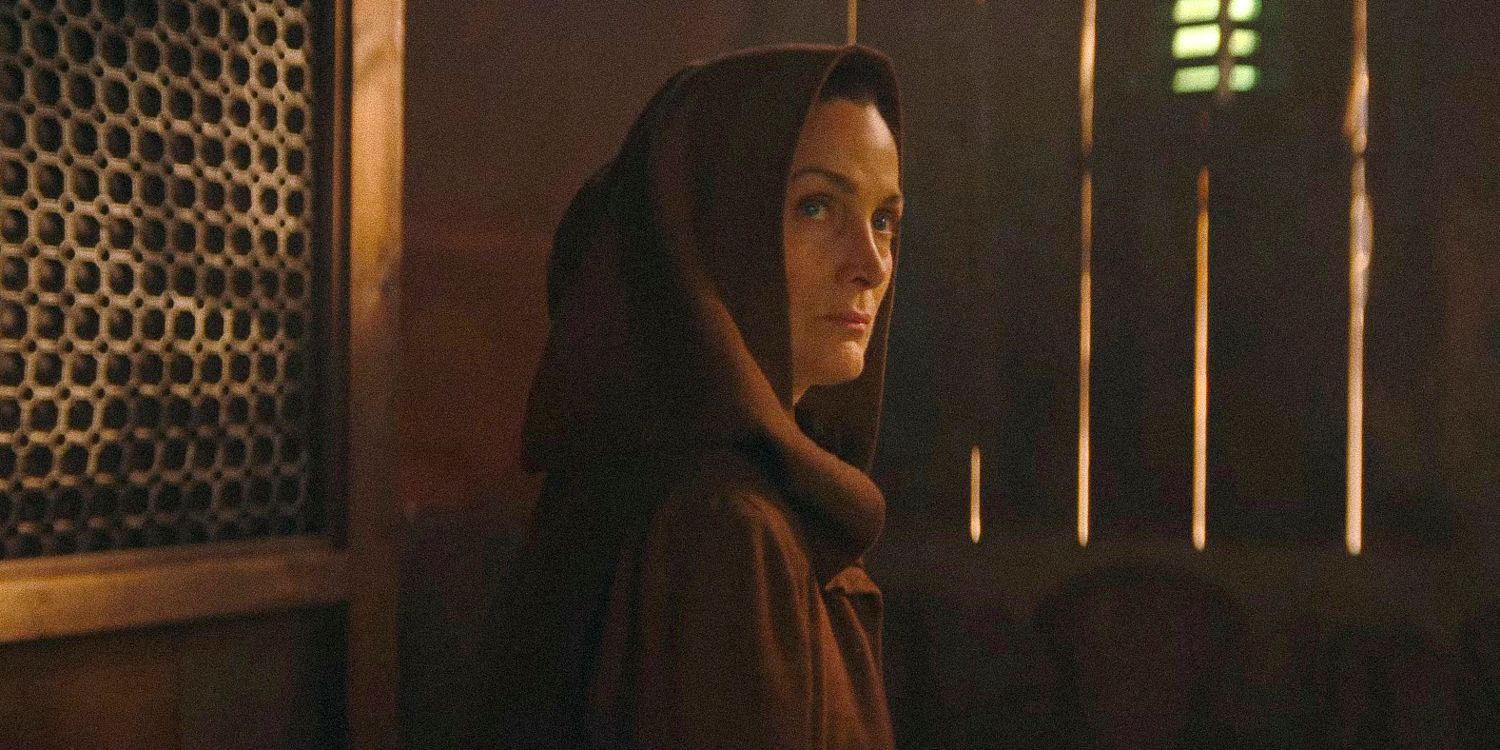
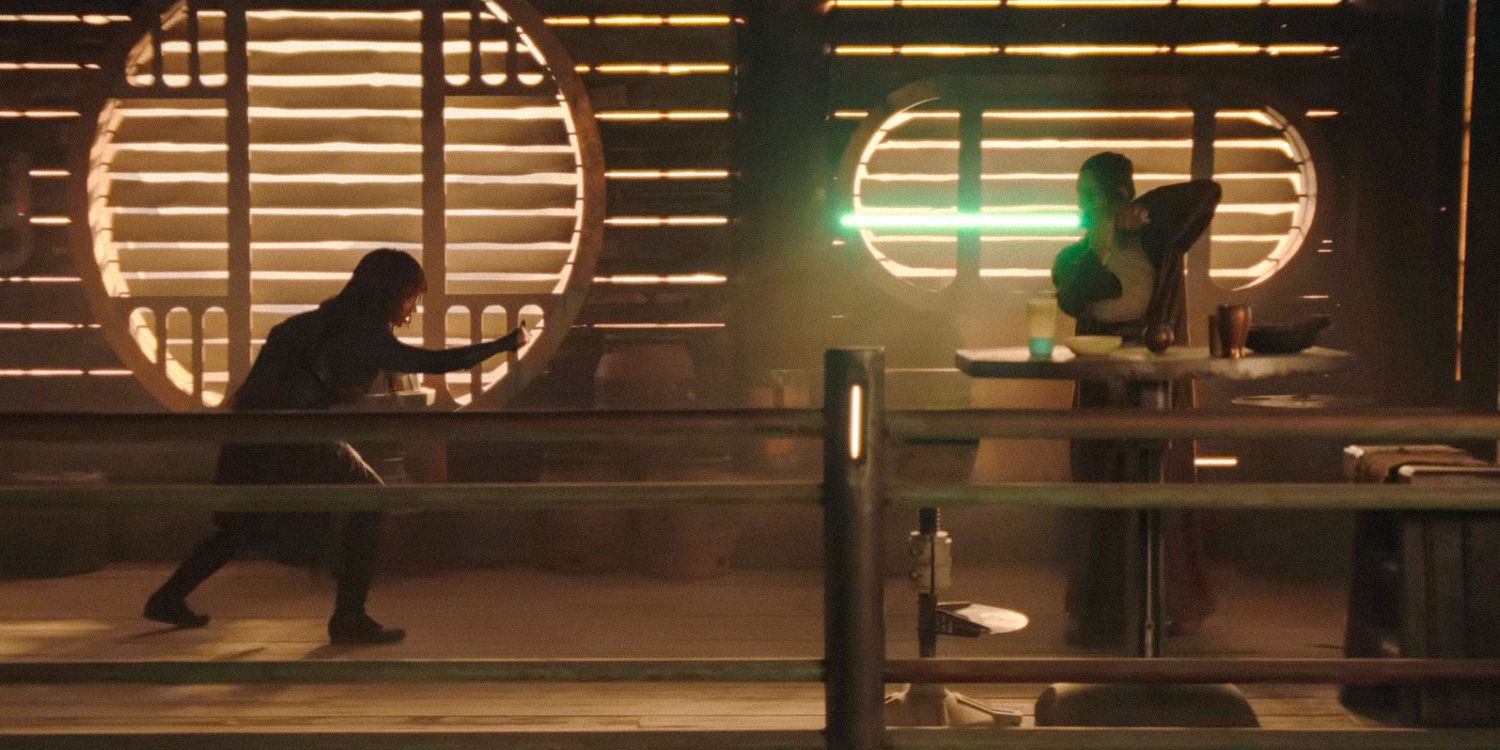
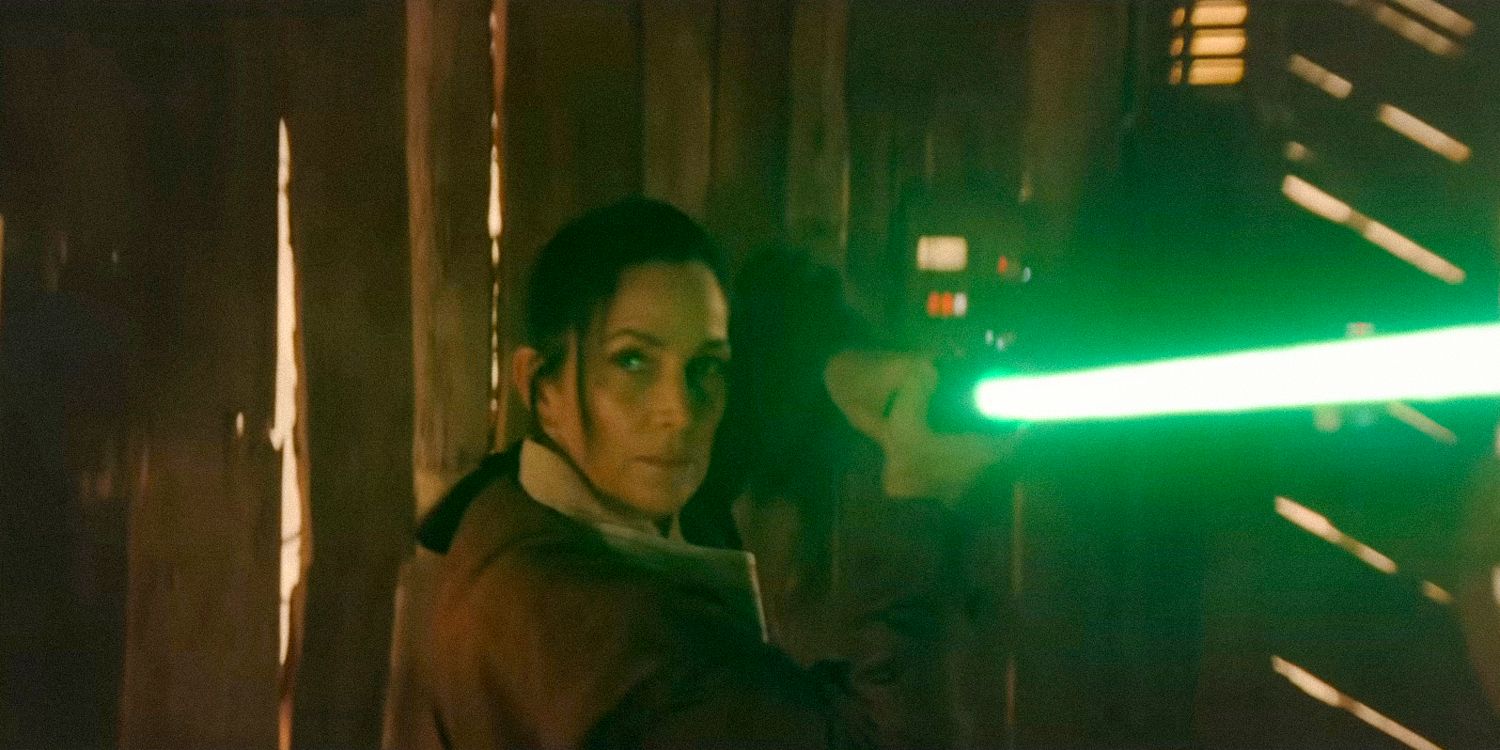
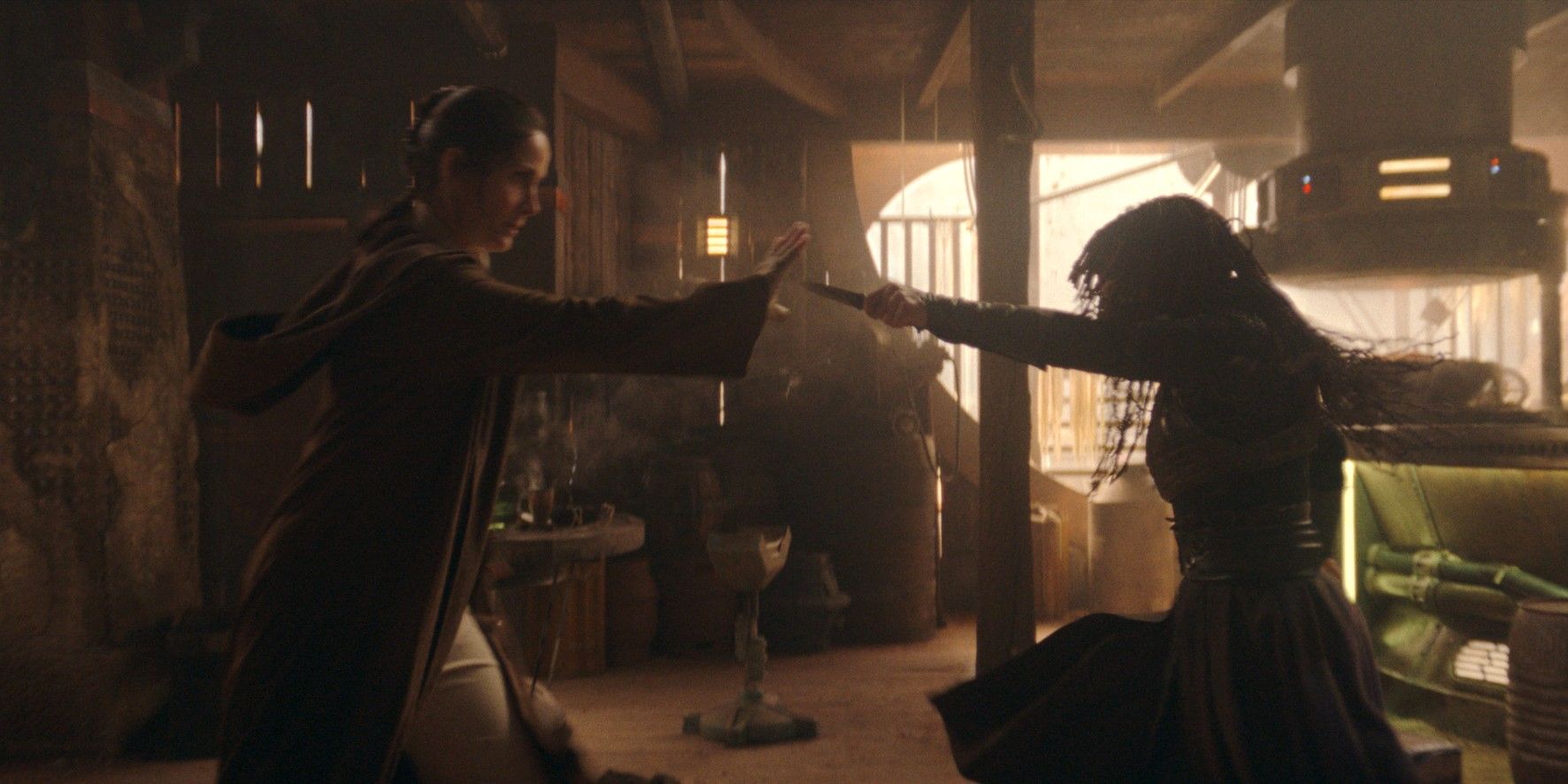
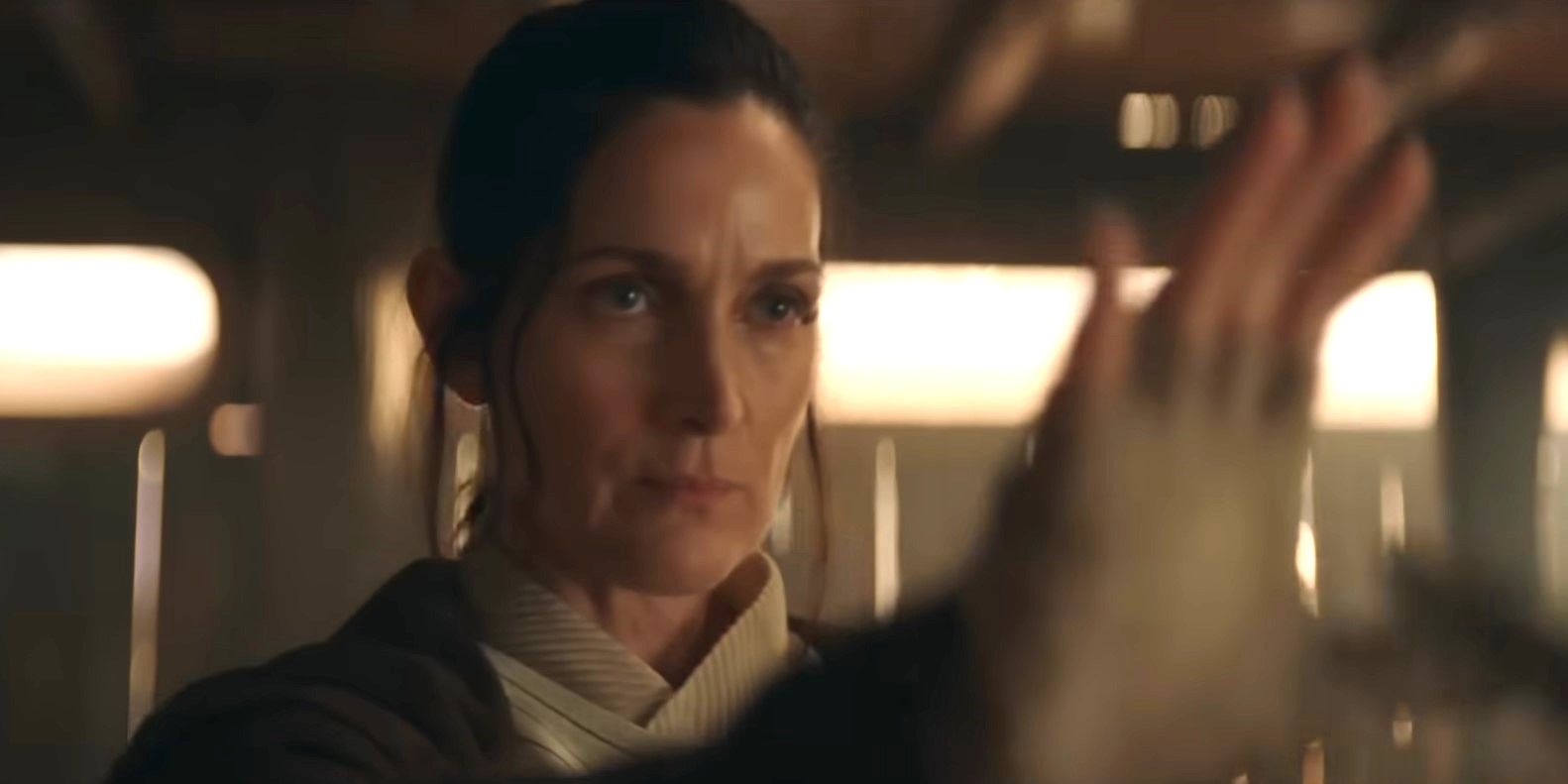





In the very beginning of episode 1 of The Acolyte, Mae finds the location of Carrie-Anne Moss’s Jedi Master Indara by paying a citizen for information. She asks the alien “where is your Jedi?“, referring to the town of Ueda. This has pretty big implications for the era and paints a very different picture of the Jedi than audiences are used to, but one that feels very in line with the Jedi of Star Wars Legends.
She serves them and is their guardian against threats, helping them when they are in need. This is very different from the prequels’ Coruscant centralization.
Indara is referred to as the town’s Jedi because she is stationed there, living among the people of the location. She serves them and is their guardian against threats, helping them when they are in need. This is very different from the prequels’ Coruscant centralization, and Indara isn’t even the only Jedi in The Acolyte to be stationed on a different planet. The main plot of the series revolves around an old mission gone wrong involving Jedi stationed on Brendok, the home planet of Mae and her twin sister Osha.
Jedi Are More Willing To Show Their Emotions
Master Sol Is Not Afraid Of Feeling
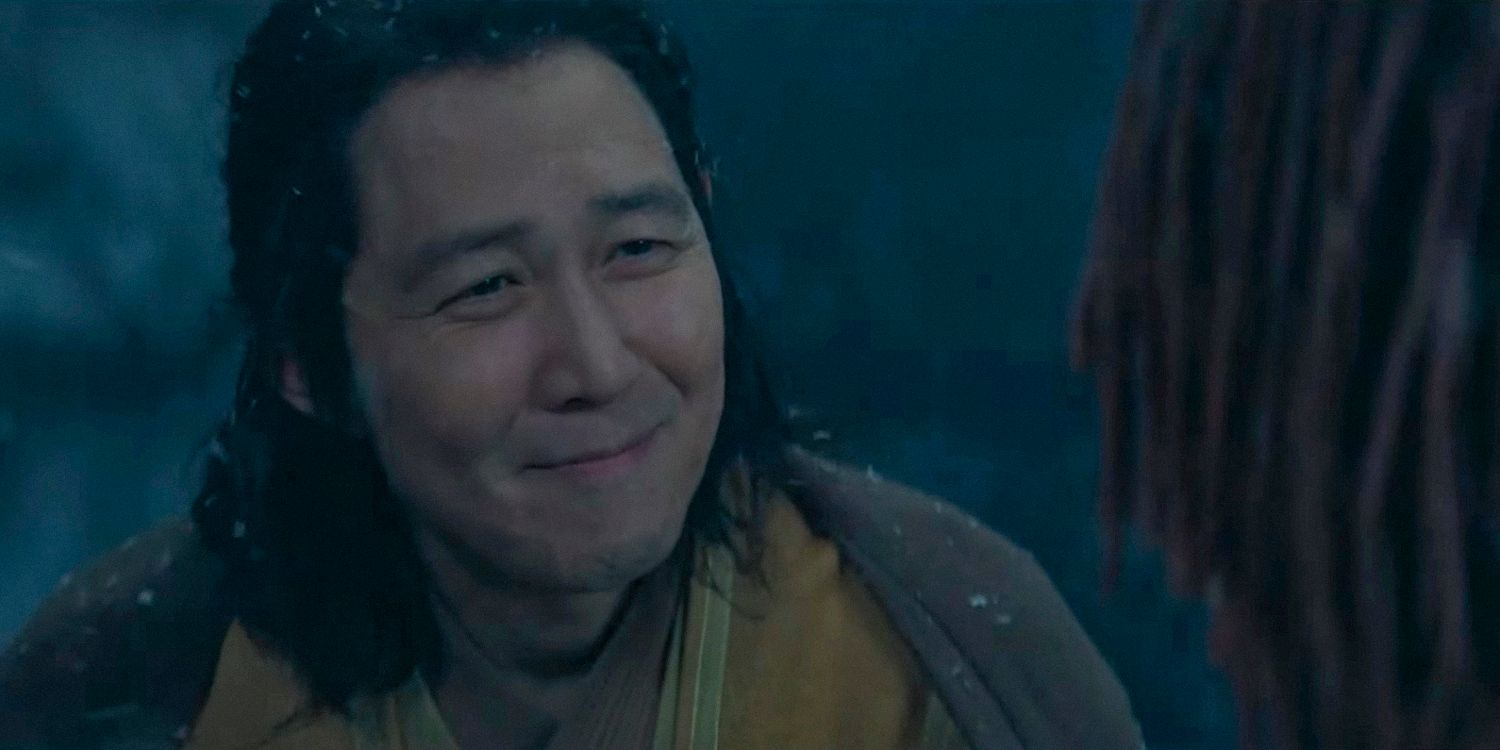
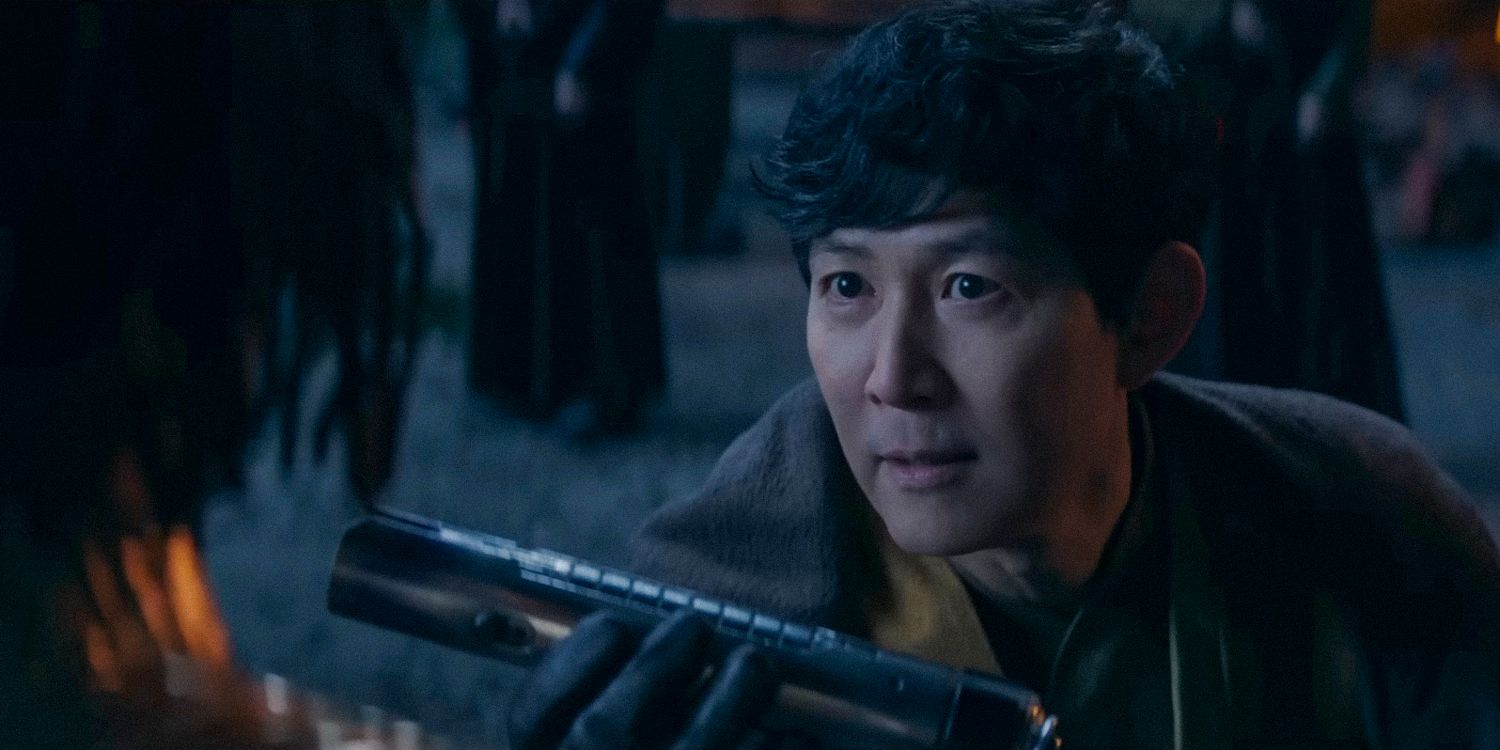
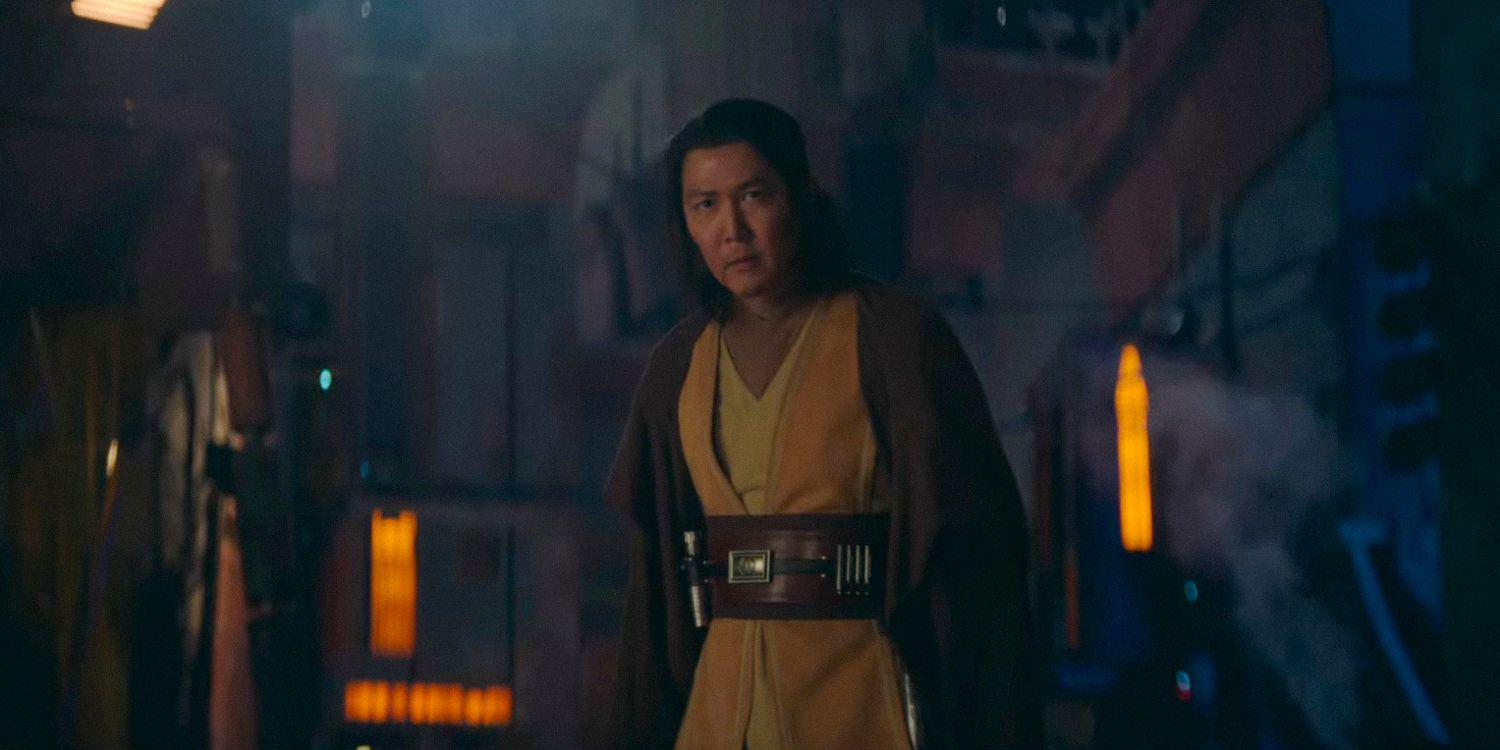
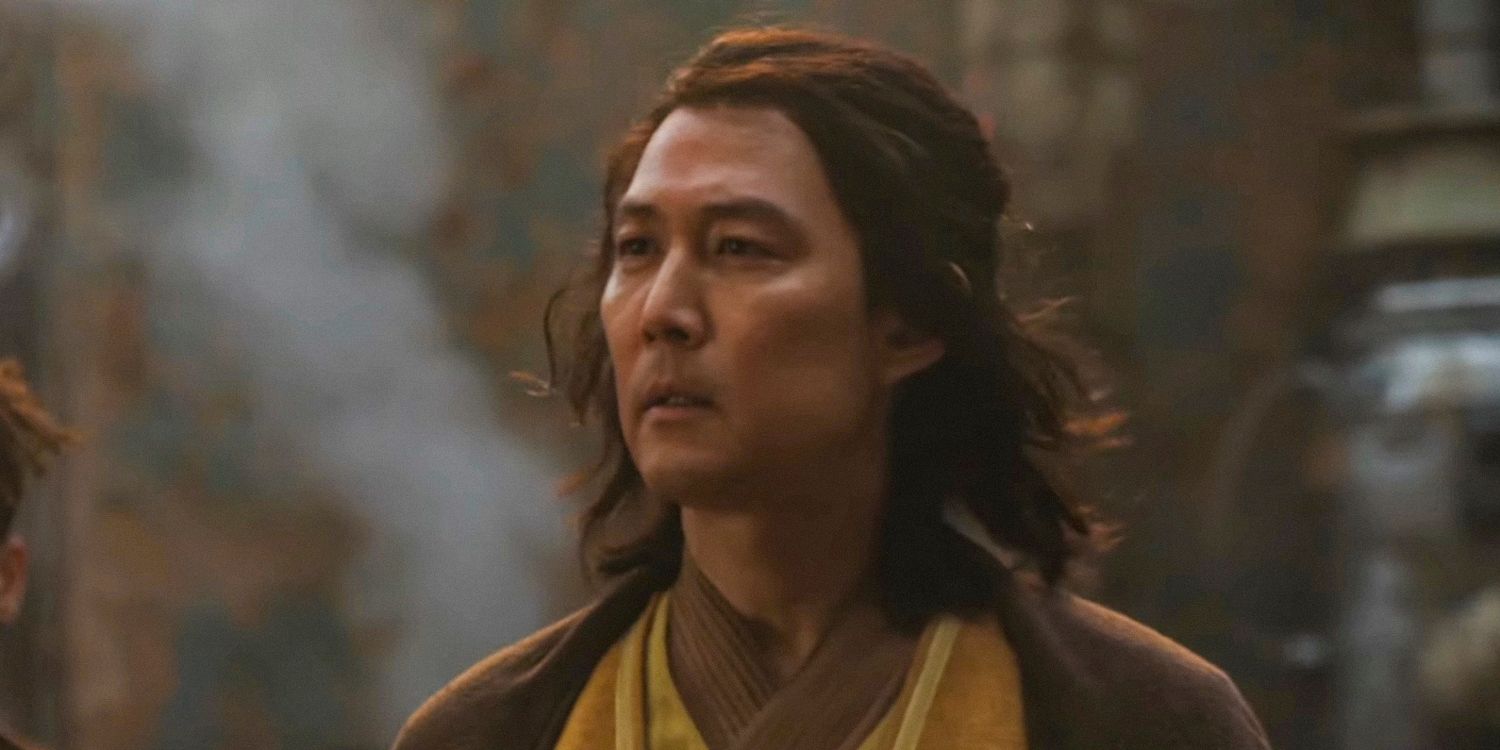
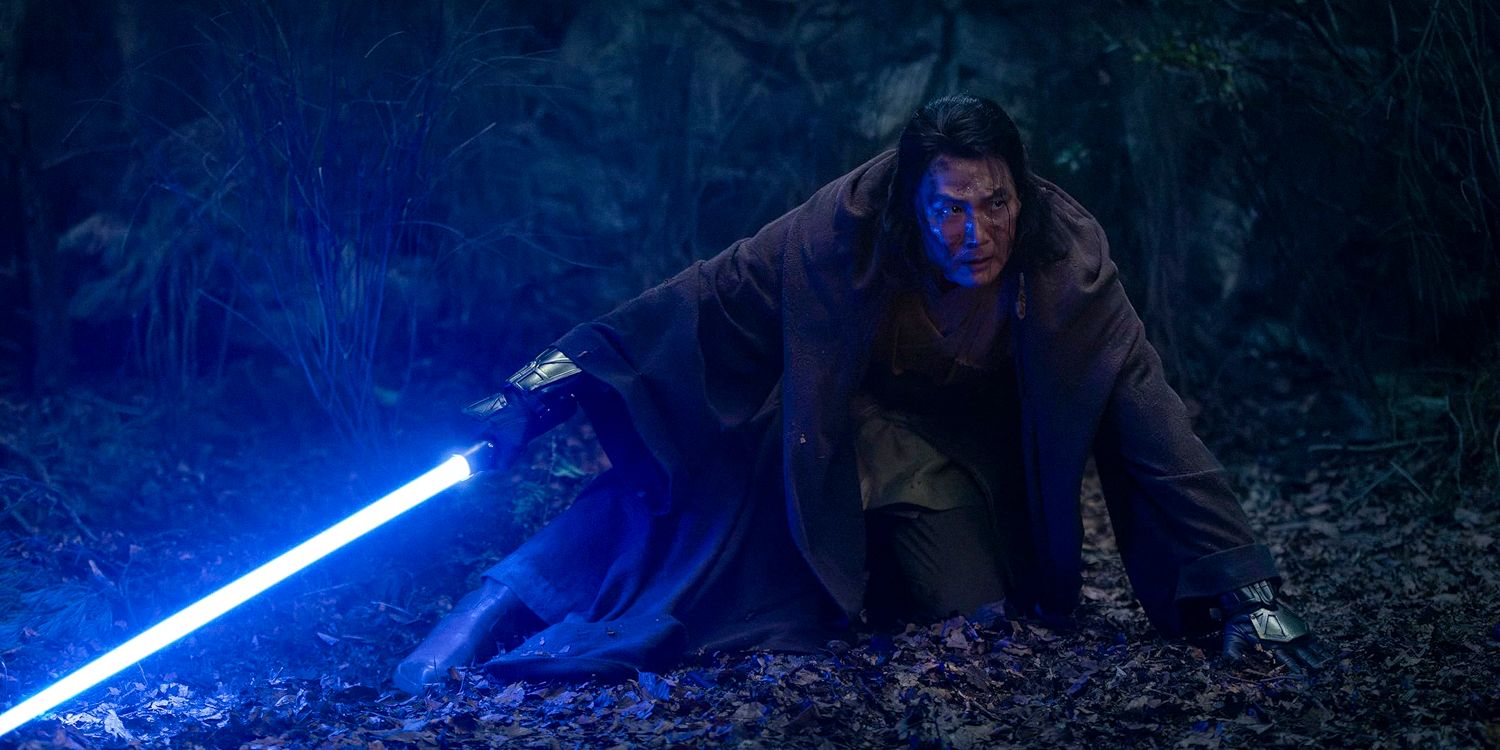





The Acolyte‘s central character, Master Sol, masterfully played by Lee Jung-jae, has been interesting to watch so far. A lot of this is because he seems to represent a much more emotional Jedi Order than seen in the prequels. This is noticeable because of just how emotionless the Order seems in those movies, but Lee Jung-jae’s performance here is also a standout for a Jedi in general.
Sol’s new Padawan Jecki, played by Dafne Keen, even comments on this, as his nostalgia ramps up due to a personal connection to the investigation. She and Master Vernestra both assert that Sol’s nostalgia and attachment could get in the way of his duties as a Jedi. Still, Sol and a few other Jedi seem to be more in touch with their emotional selves, a stark difference from the more stoic Jedi of the prequels.
The Jedi Order Has A Fleet
A More Mobile Jedi Order
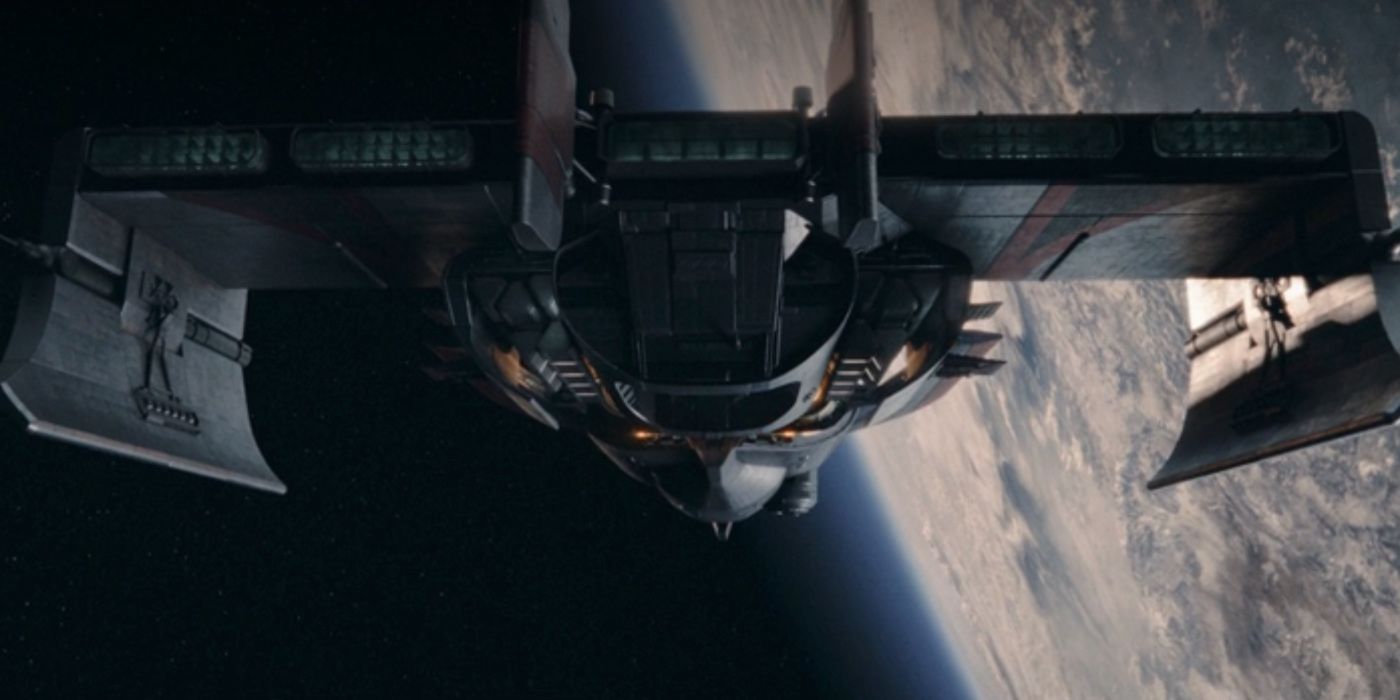
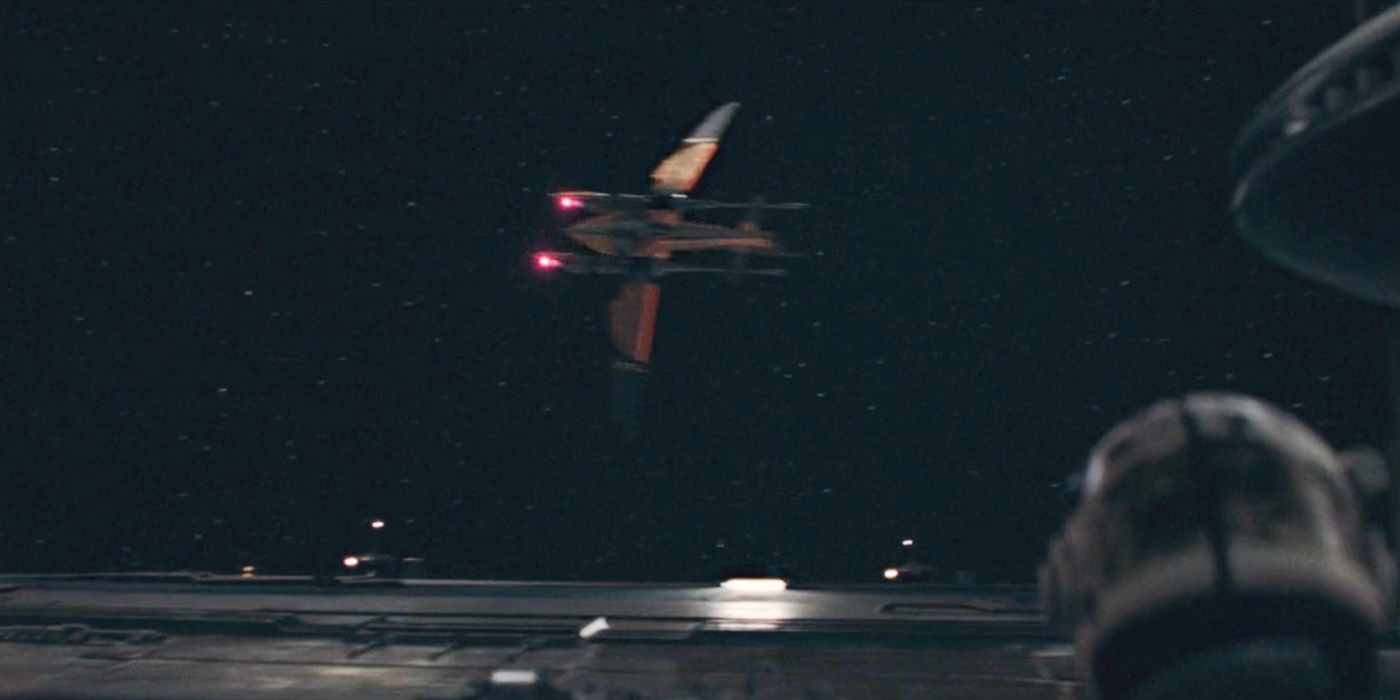
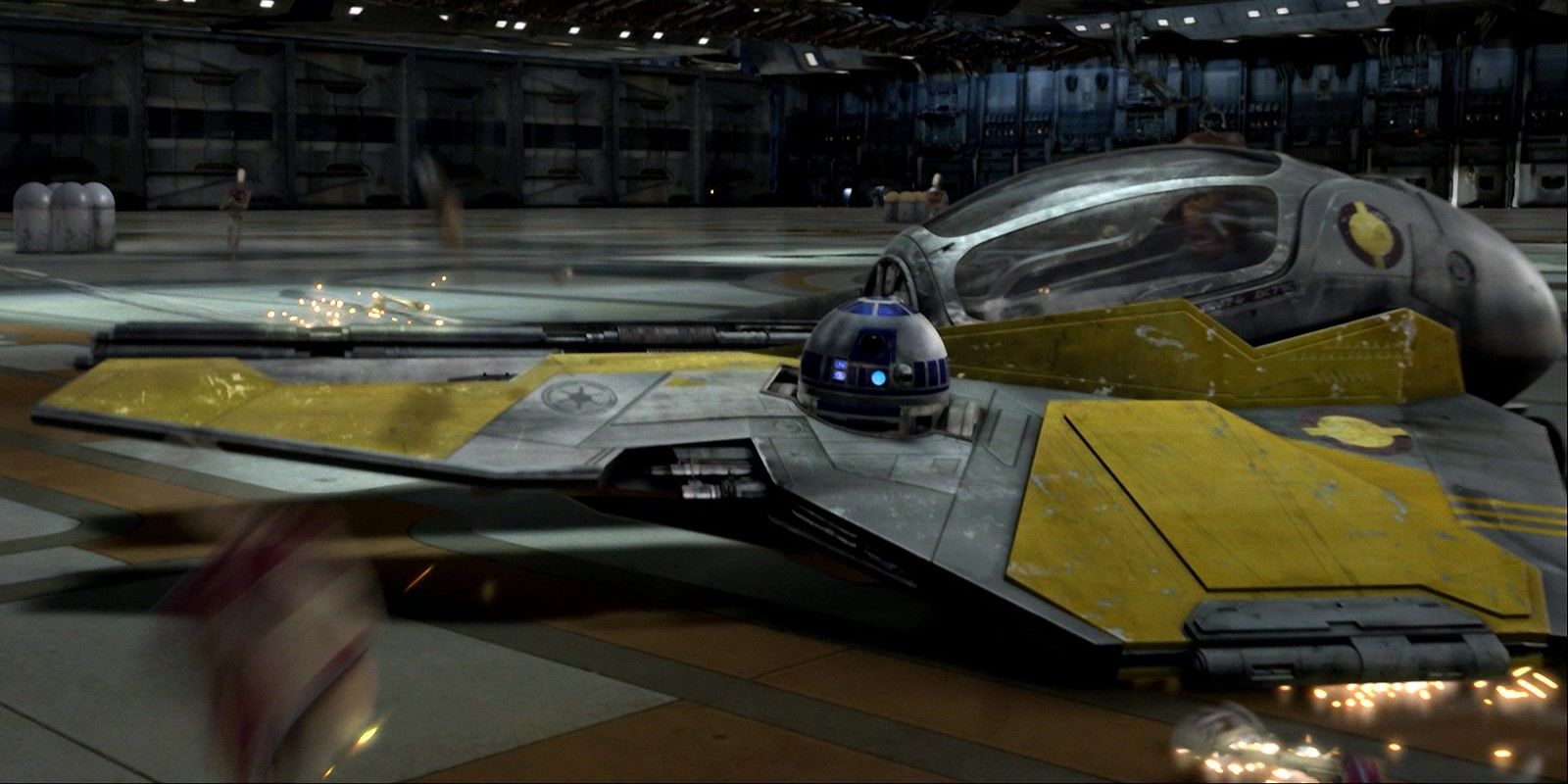
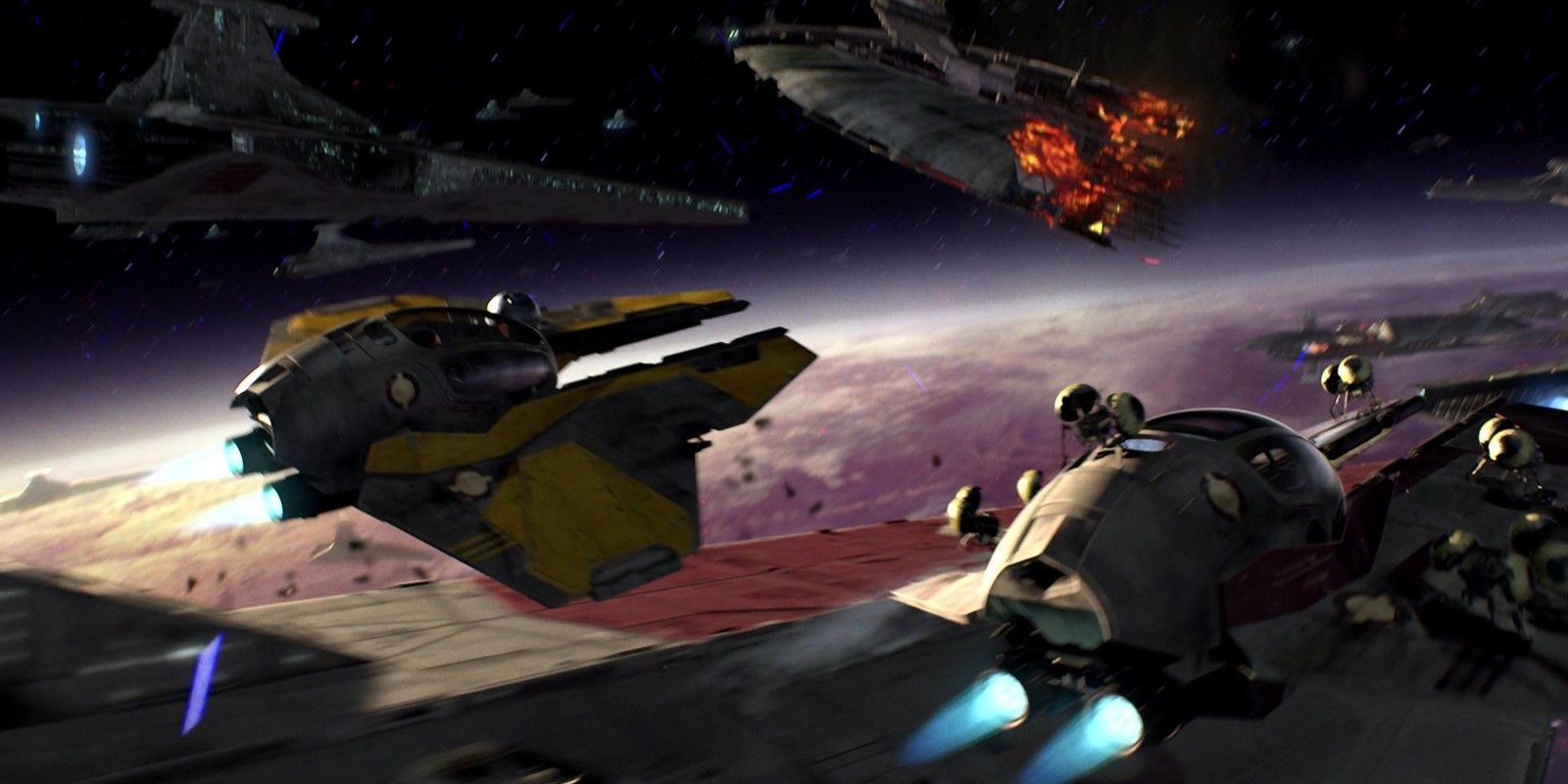
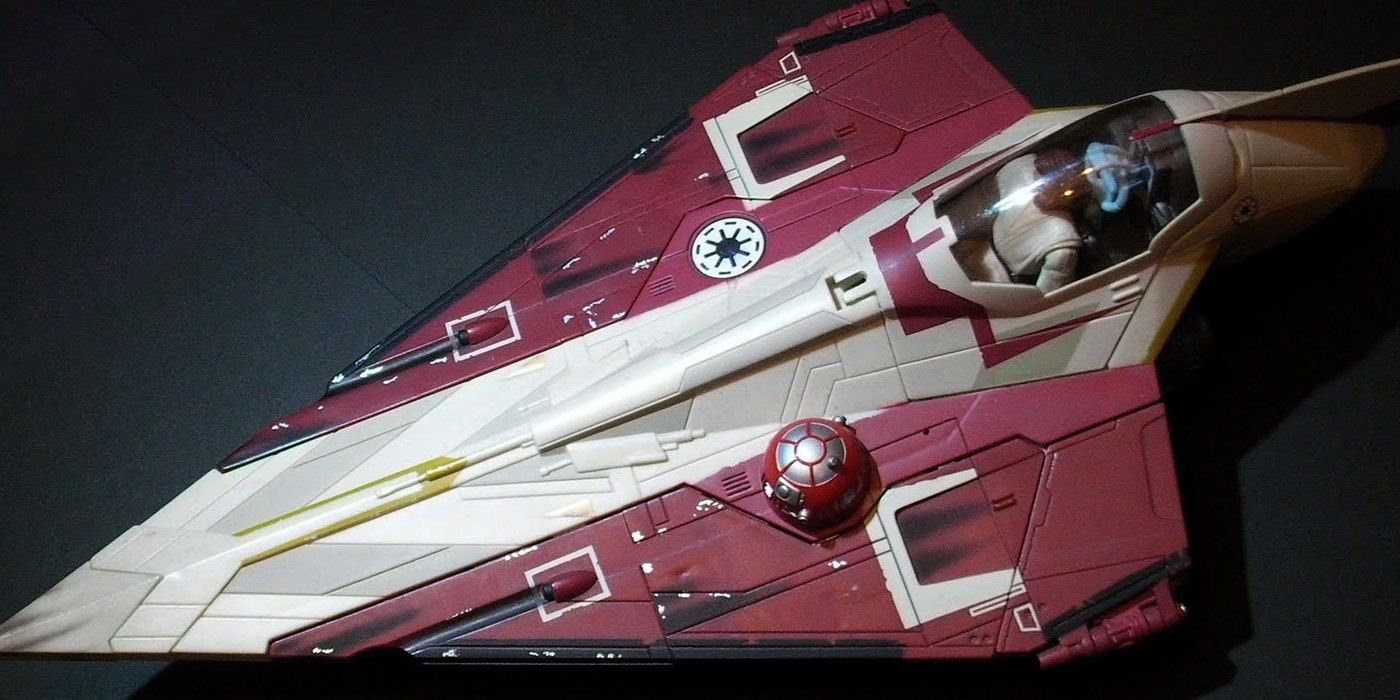





Something the Jedi Order absolutely didn’t have during the events of The Phantom Menace and beyond was any kind of fleet. The Acolyte, however, reveals that the Jedi in fact did have this kind of mobility in terms of ships. The Jedi investigation team in particular takes a seemingly mission-built freighter with a hyperspace-ring type separate section that it leaves in orbit.
Now, this Jedi fleet doesn’t seem to be anywhere near the size of the Republic and CIS fleets seen in Star Wars: The Clone Wars, but it’s still bigger than in the prequels. Thanks to High Republic novels and comics, it’s also known that the Jedi had at least one cruiser at their disposal, the Ataraxia. A Jedi Vector, a starfighter from the books and comics, also appears in episode 1. It will be interesting to see if this supposed Jedi Fleet, as described in series marketing materials, has a bigger presence in the rest of The Acolyte.





